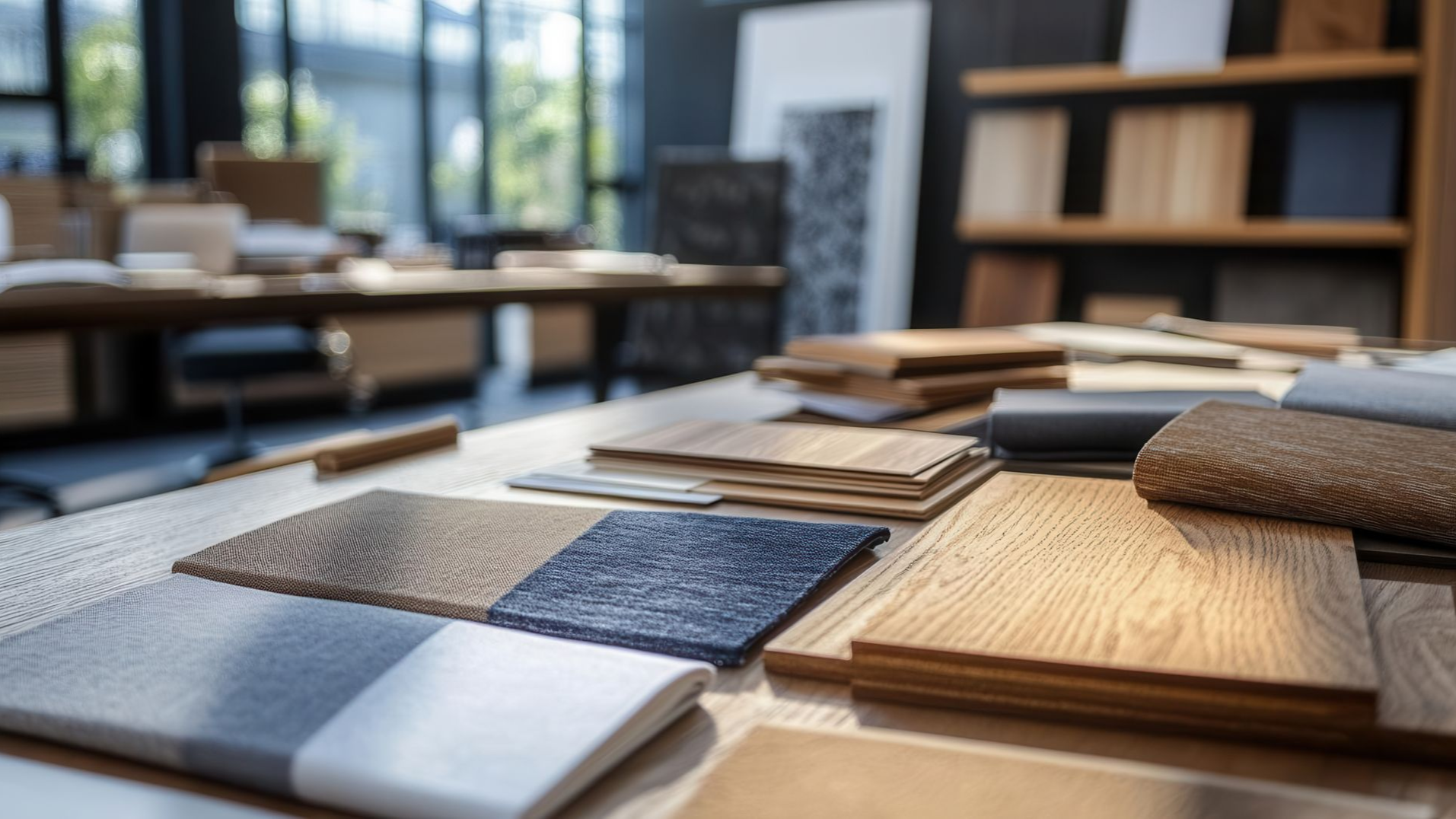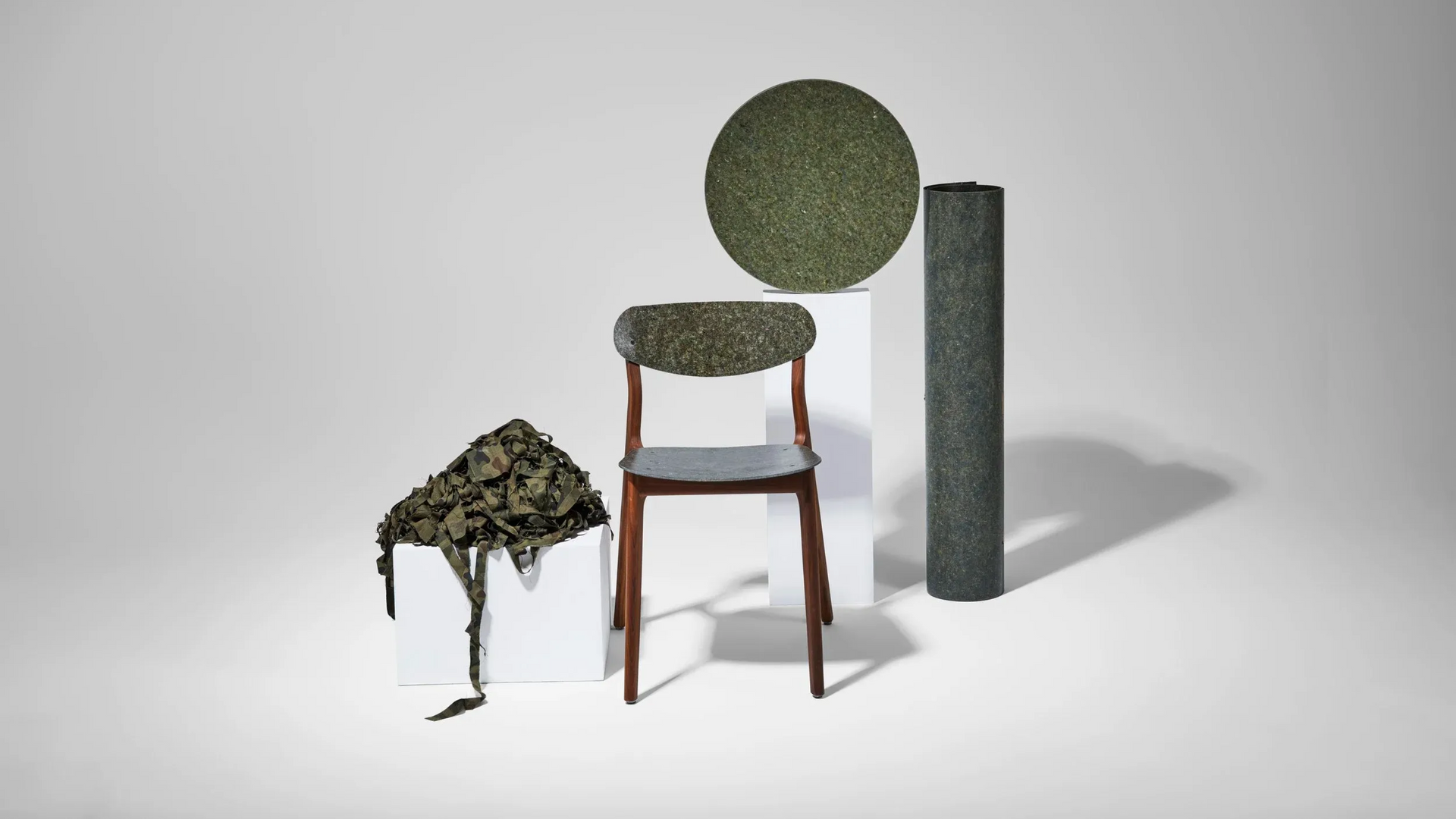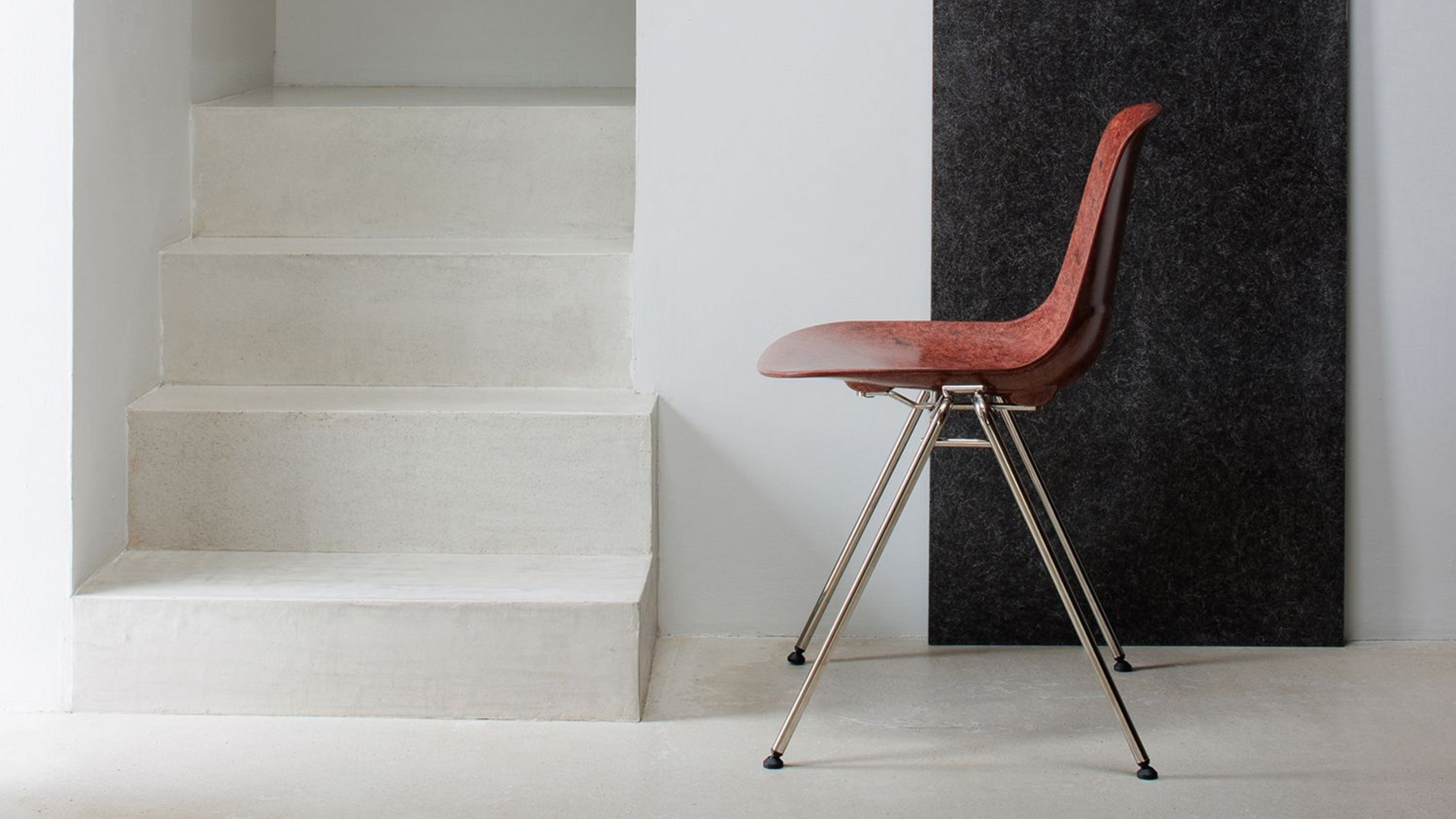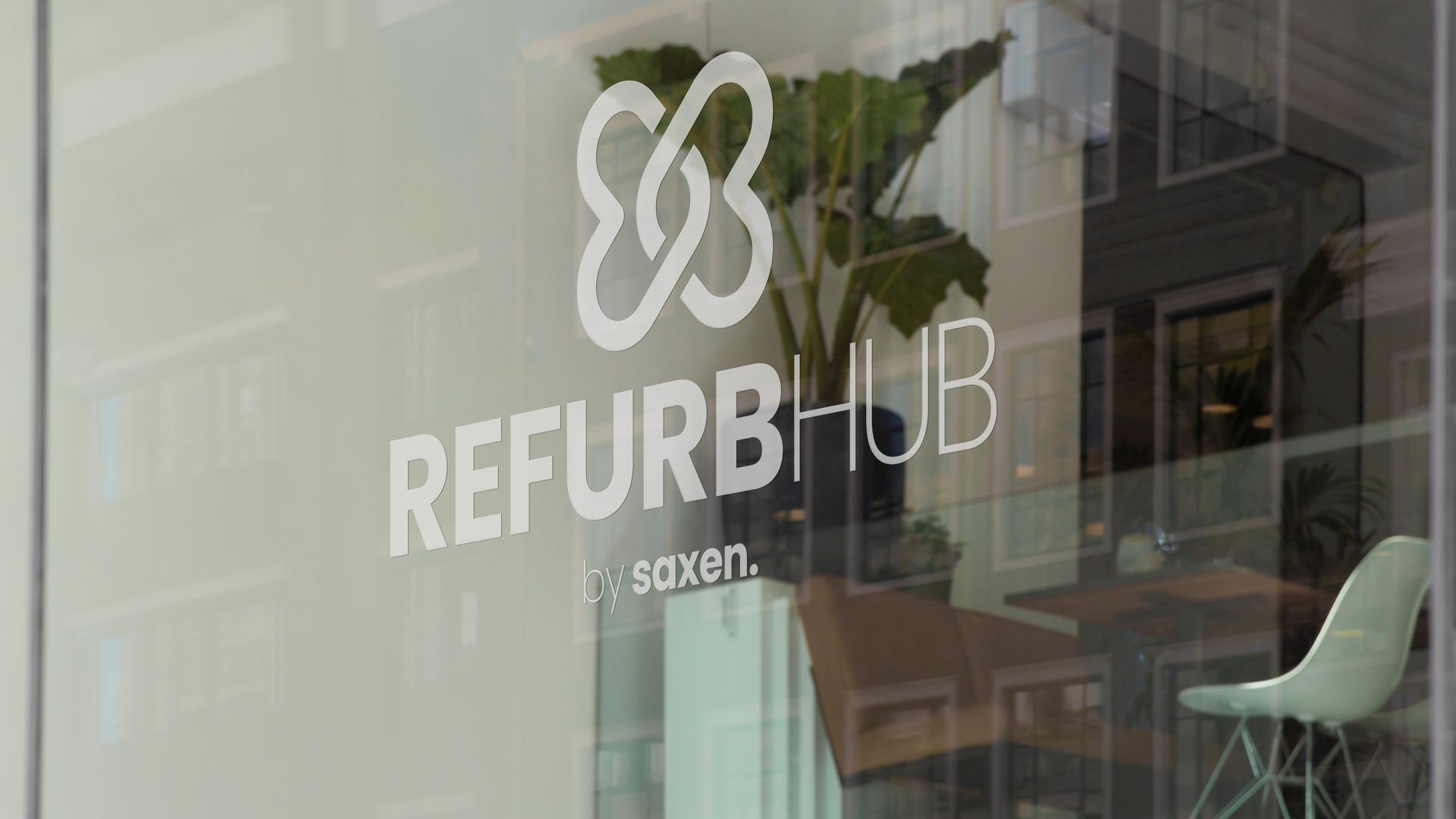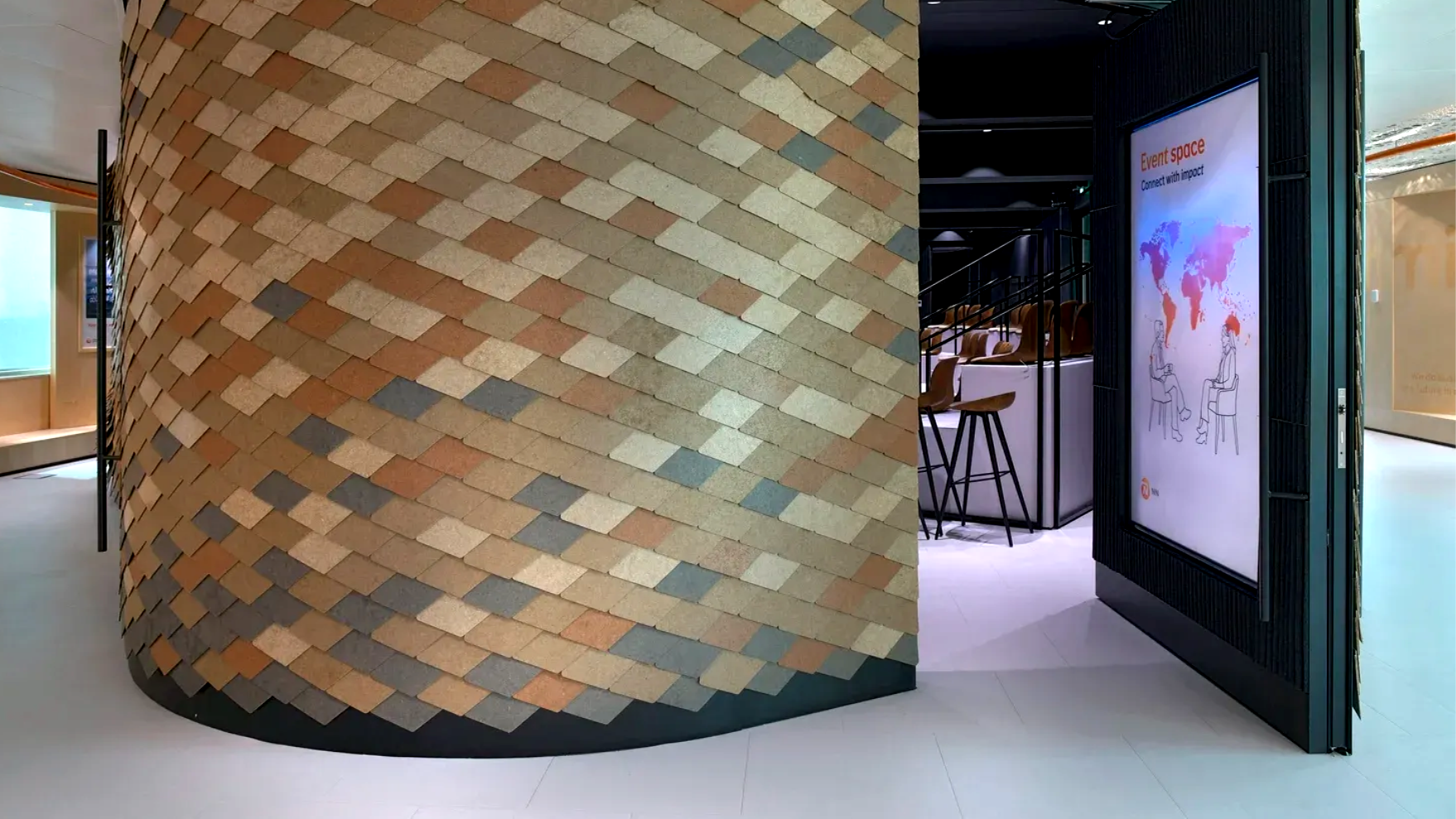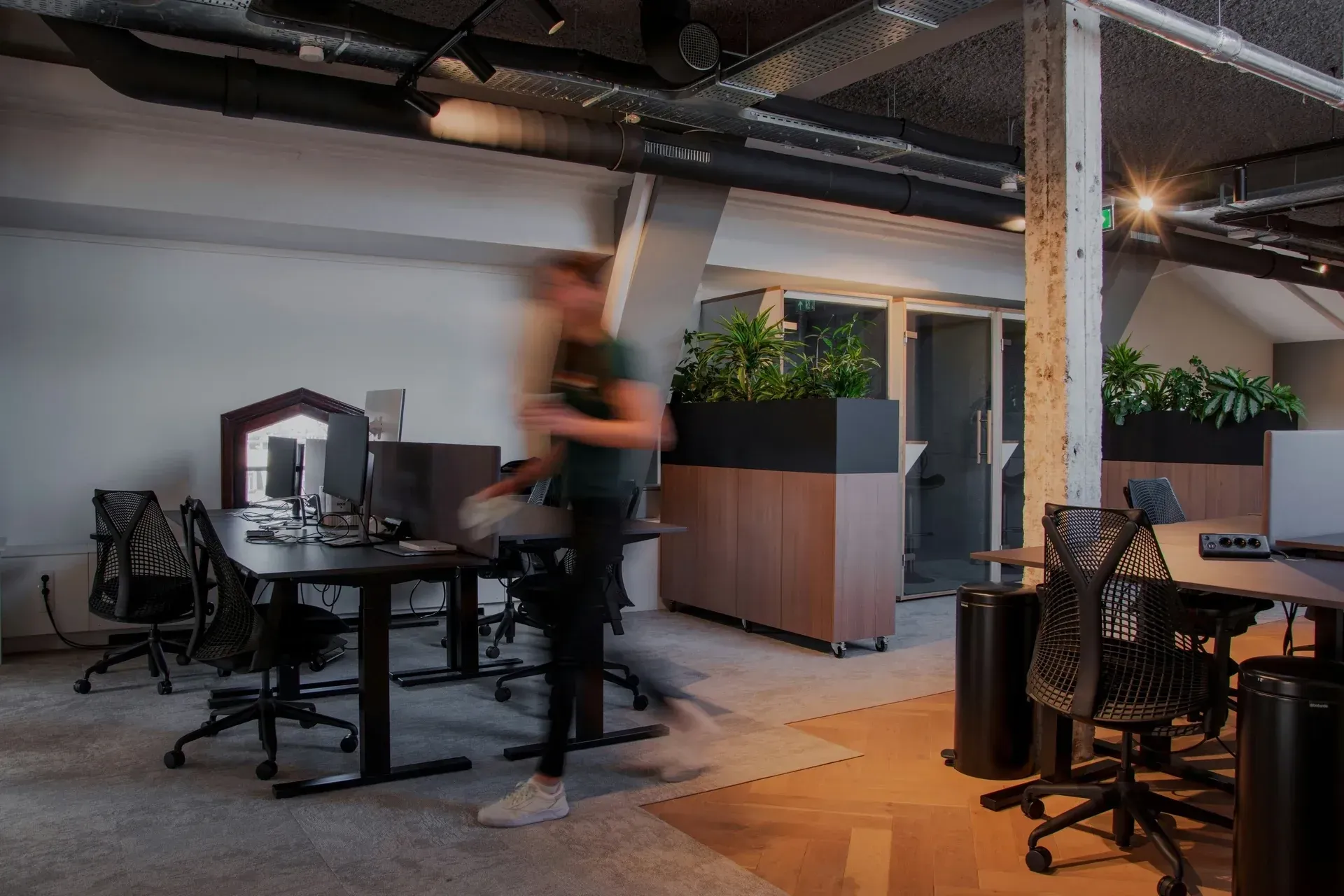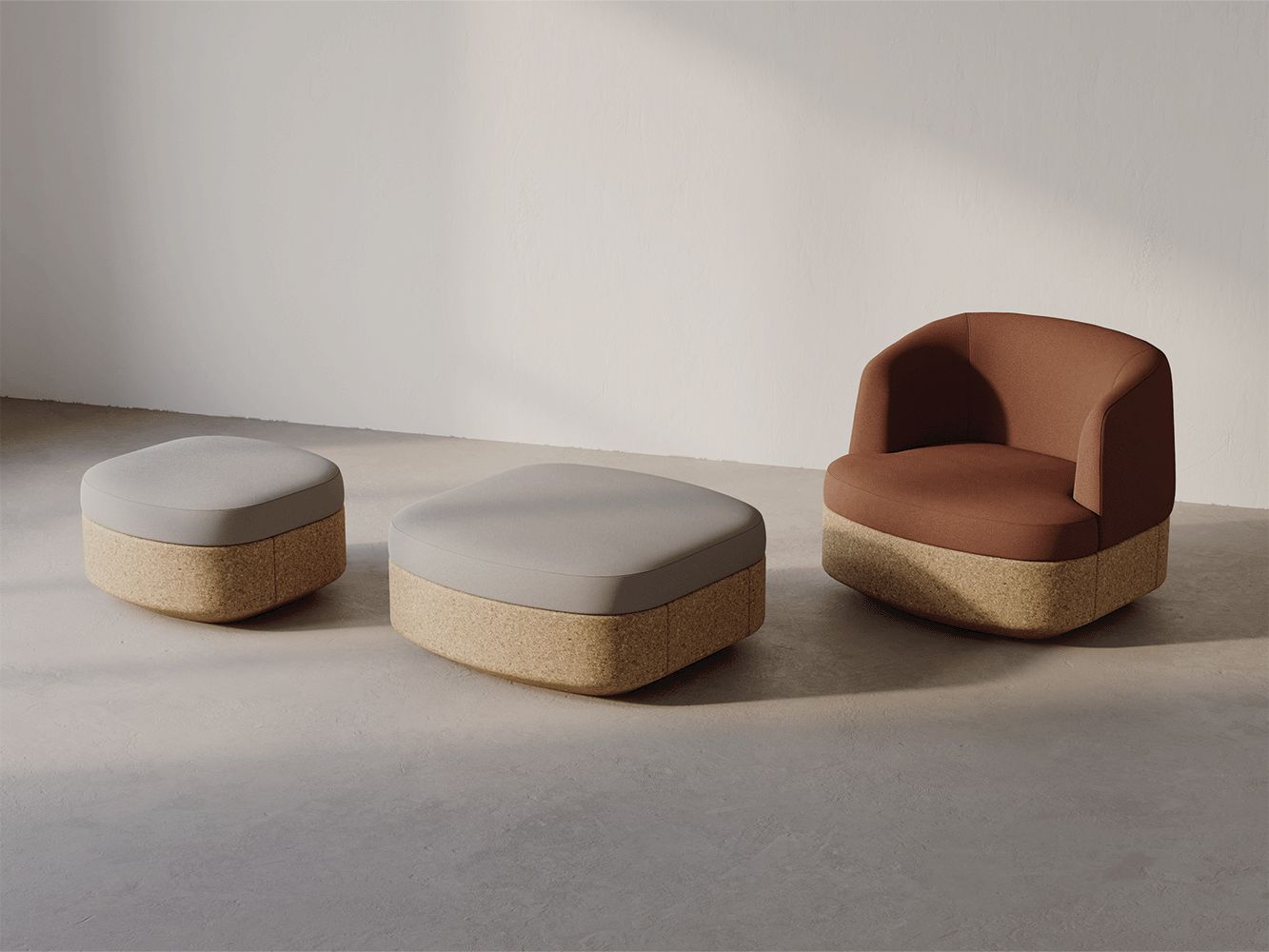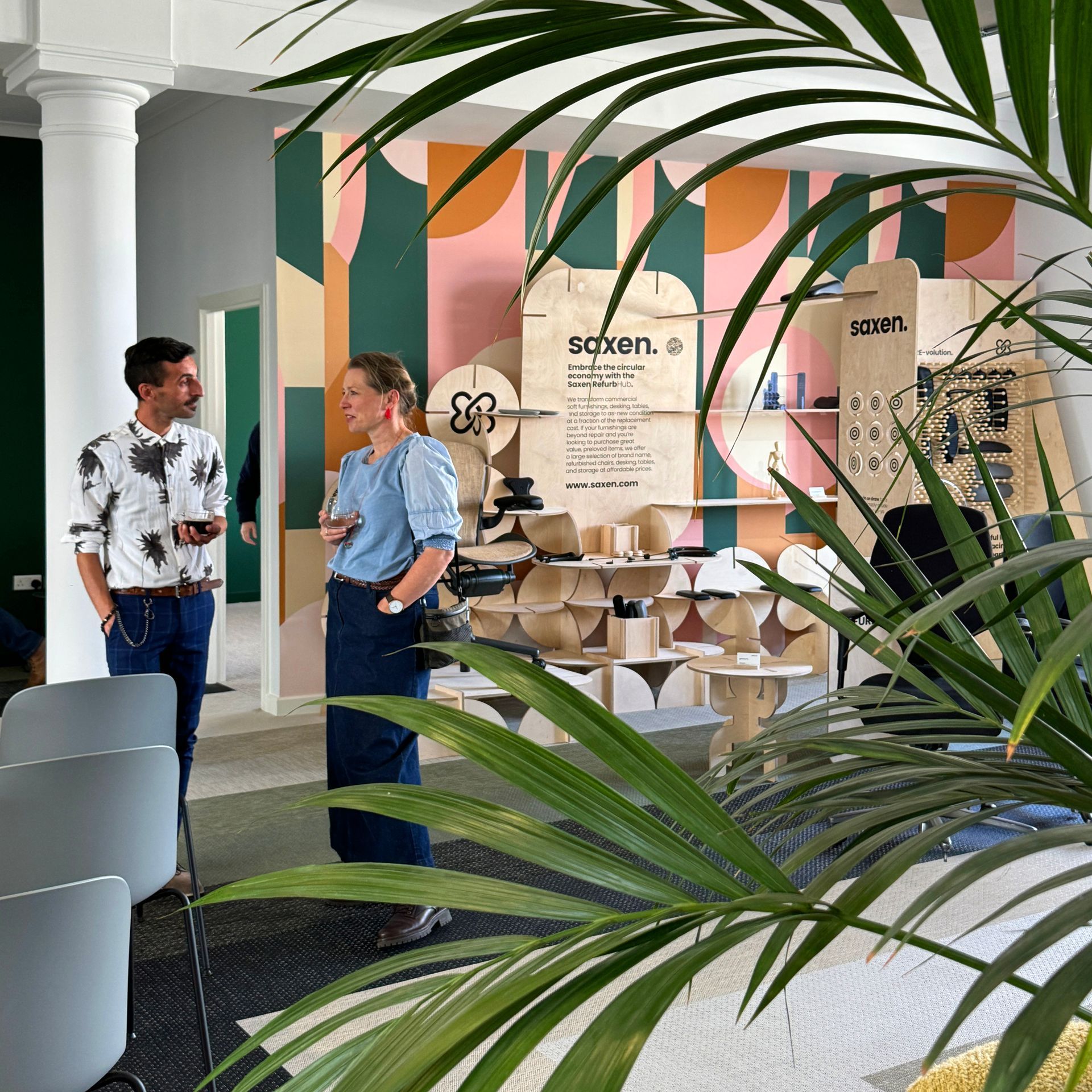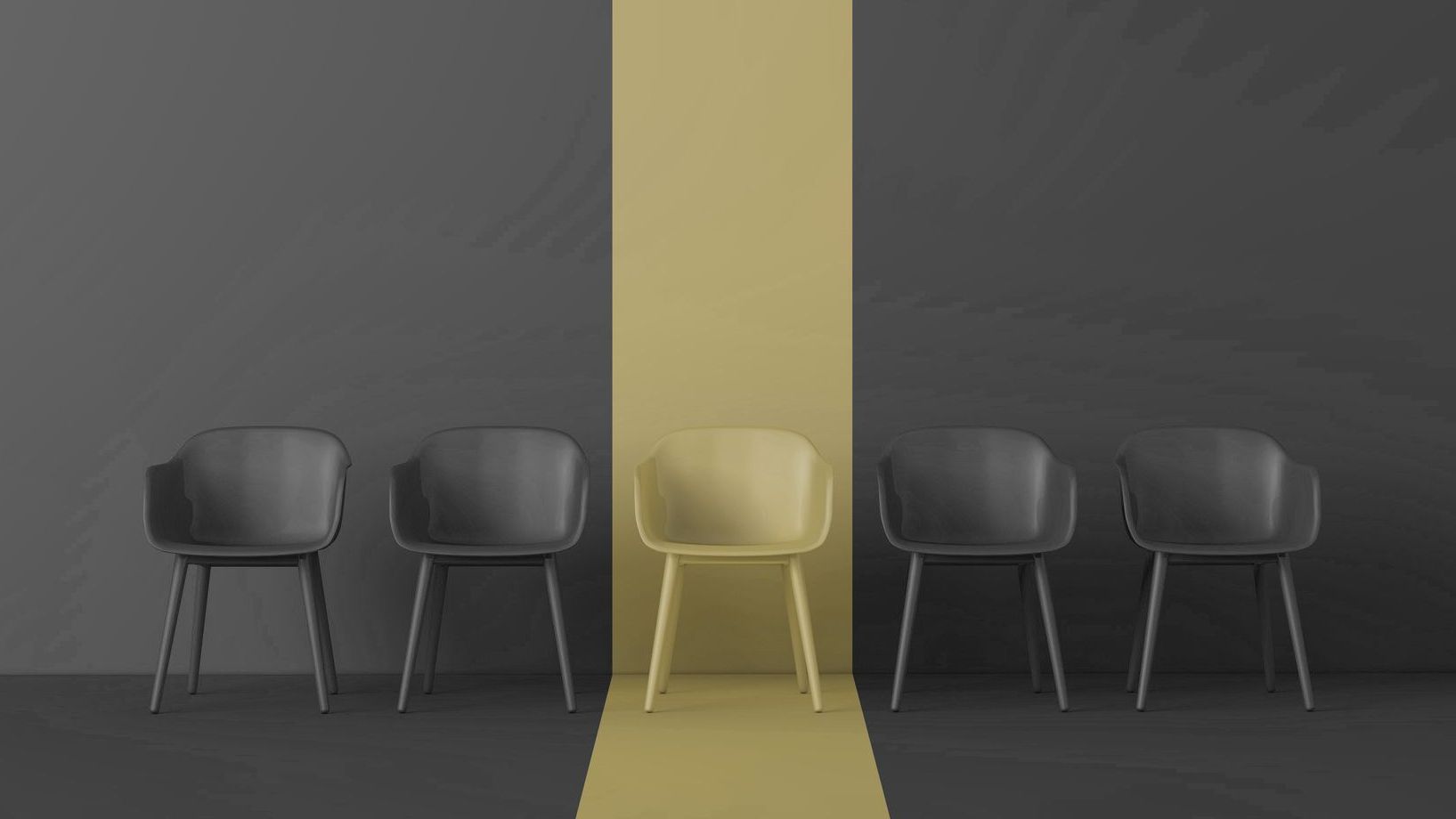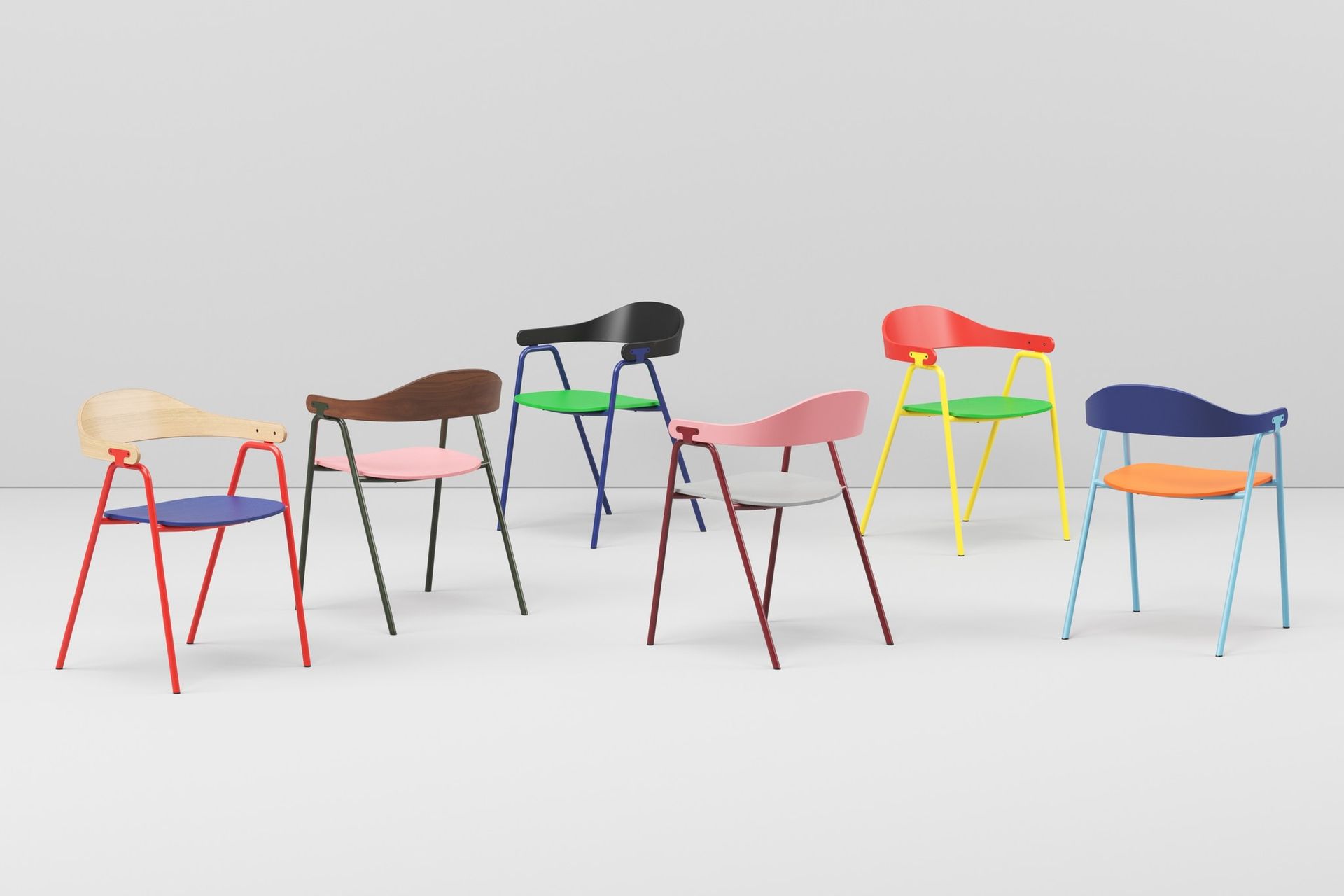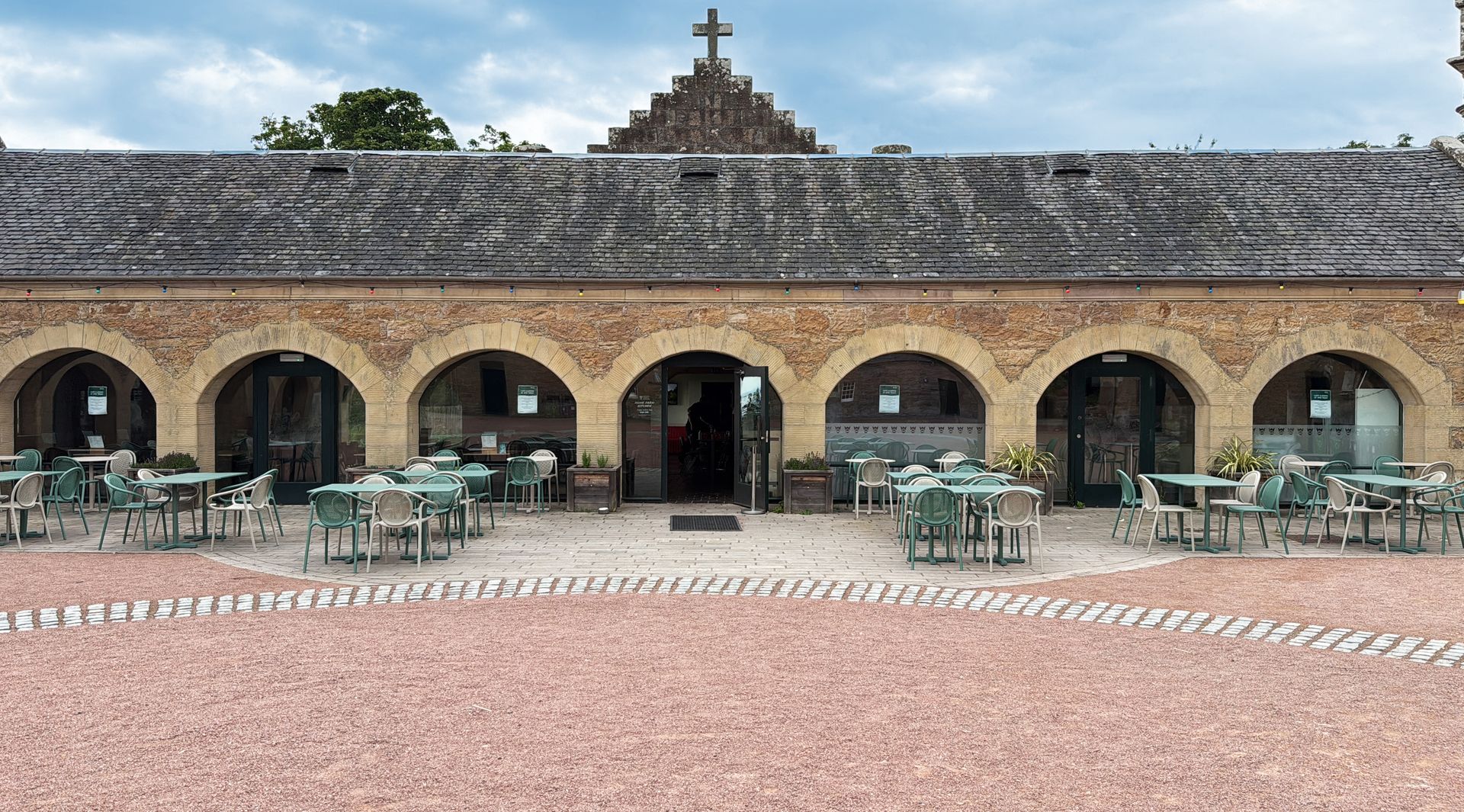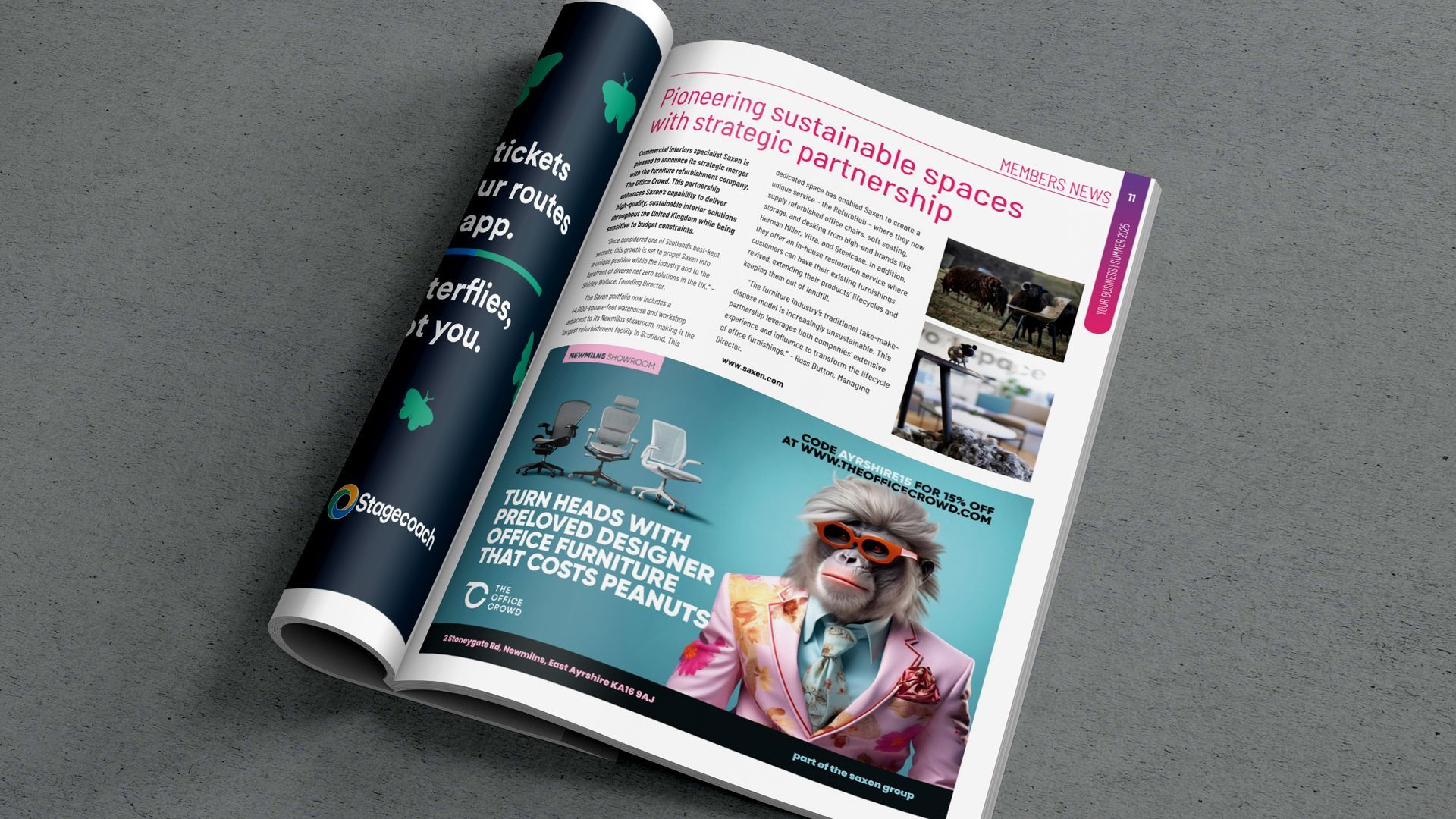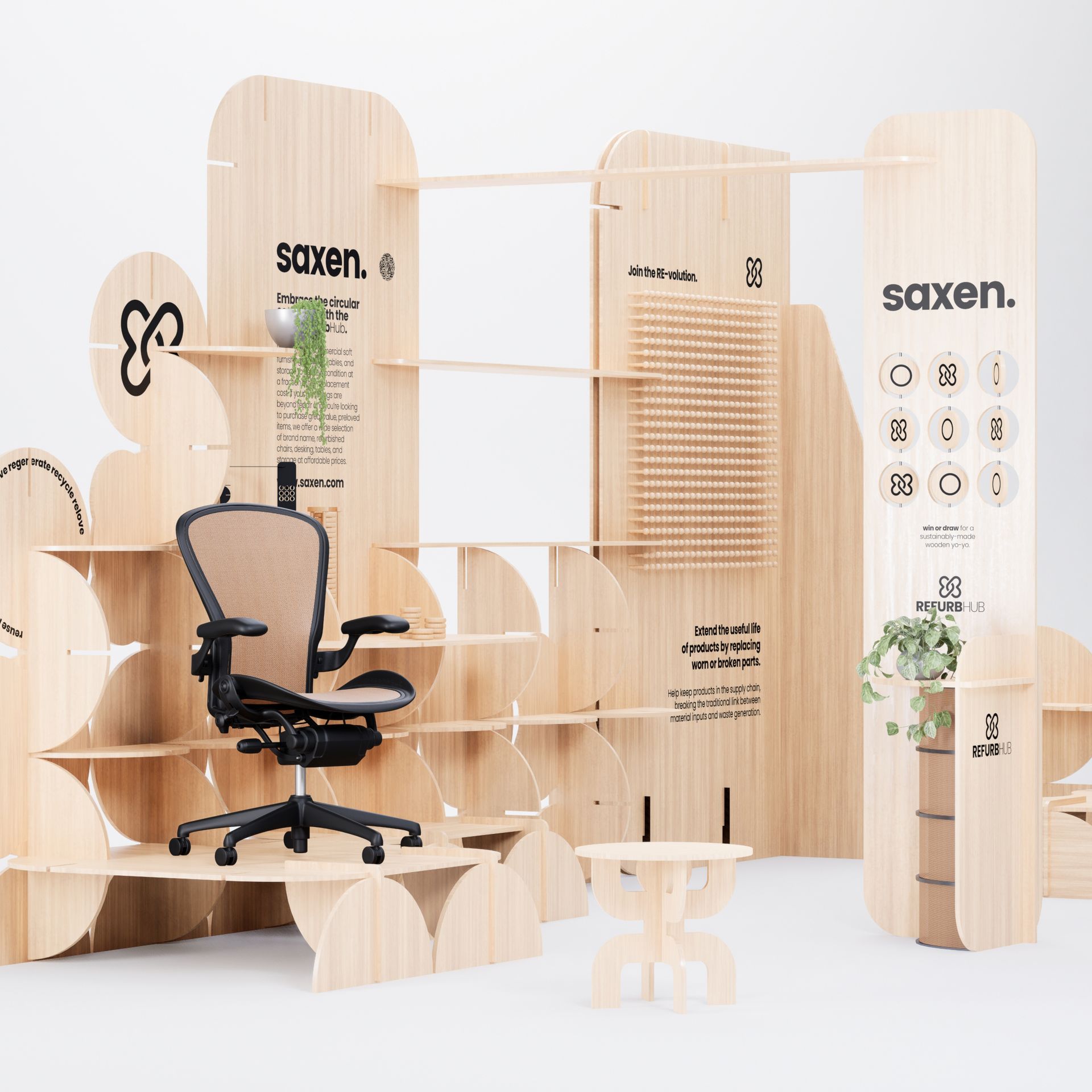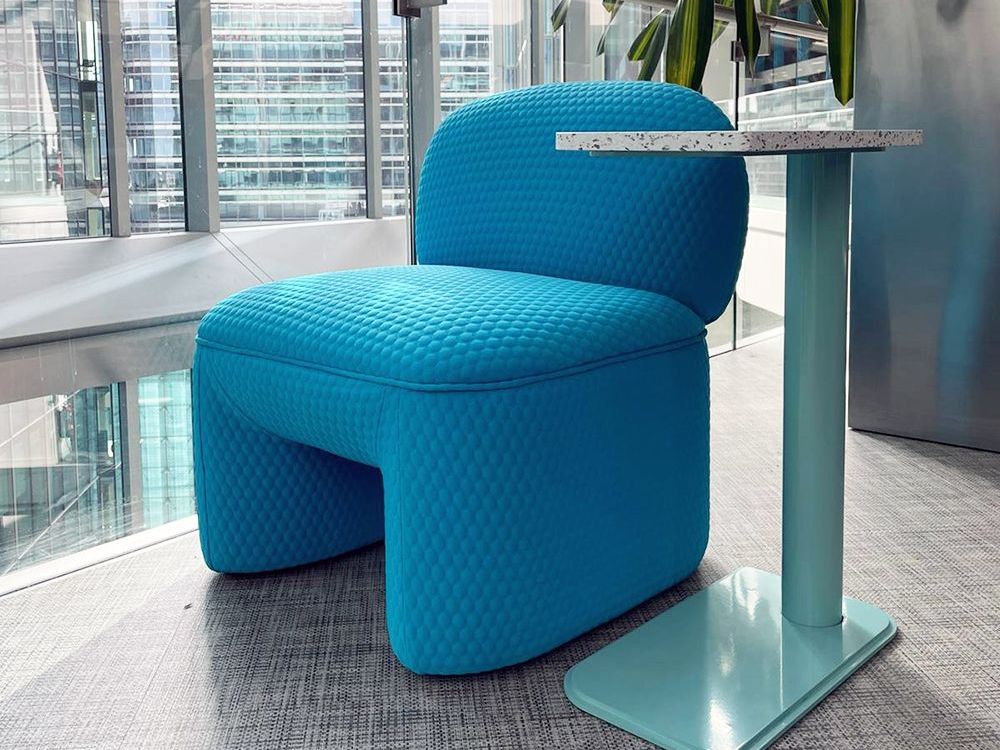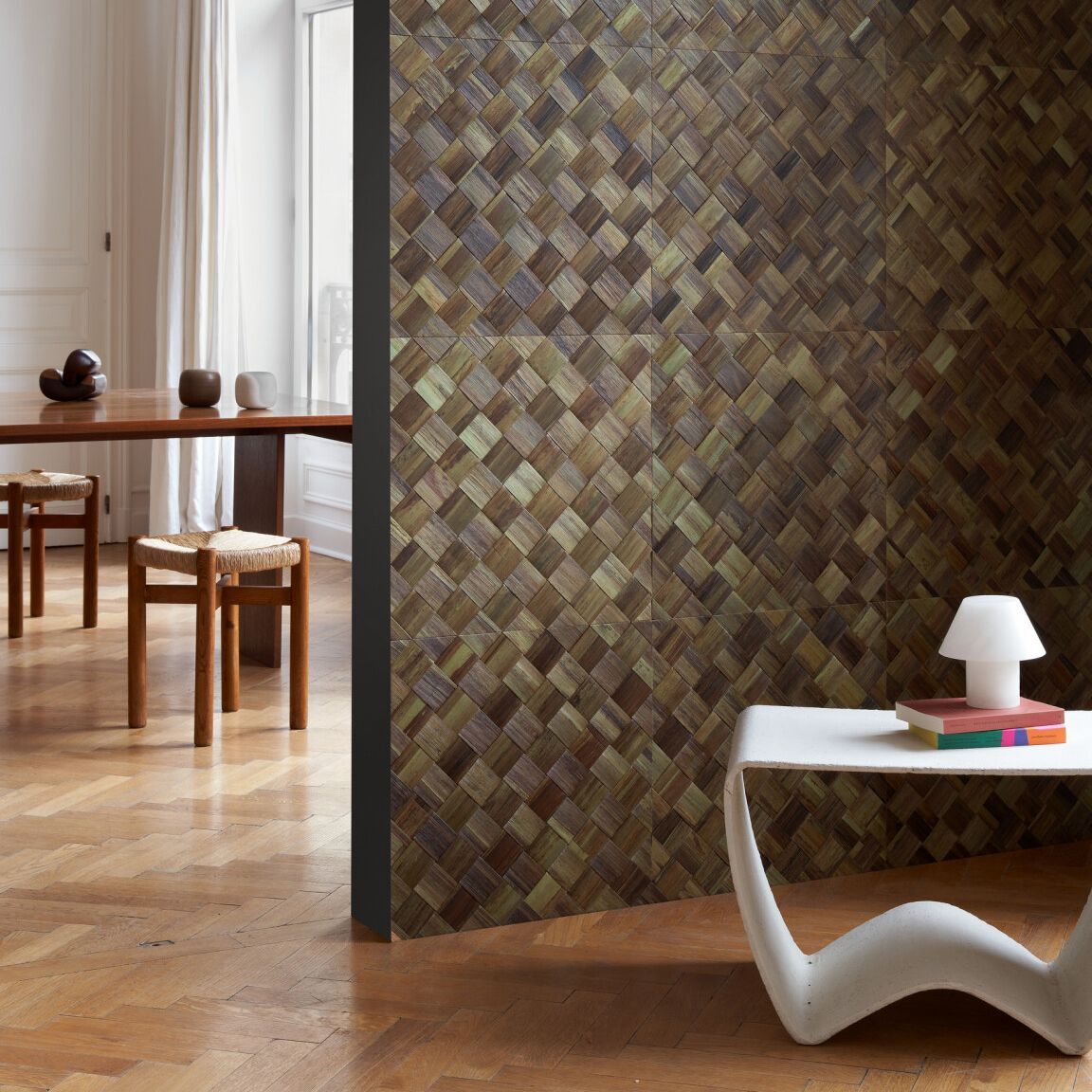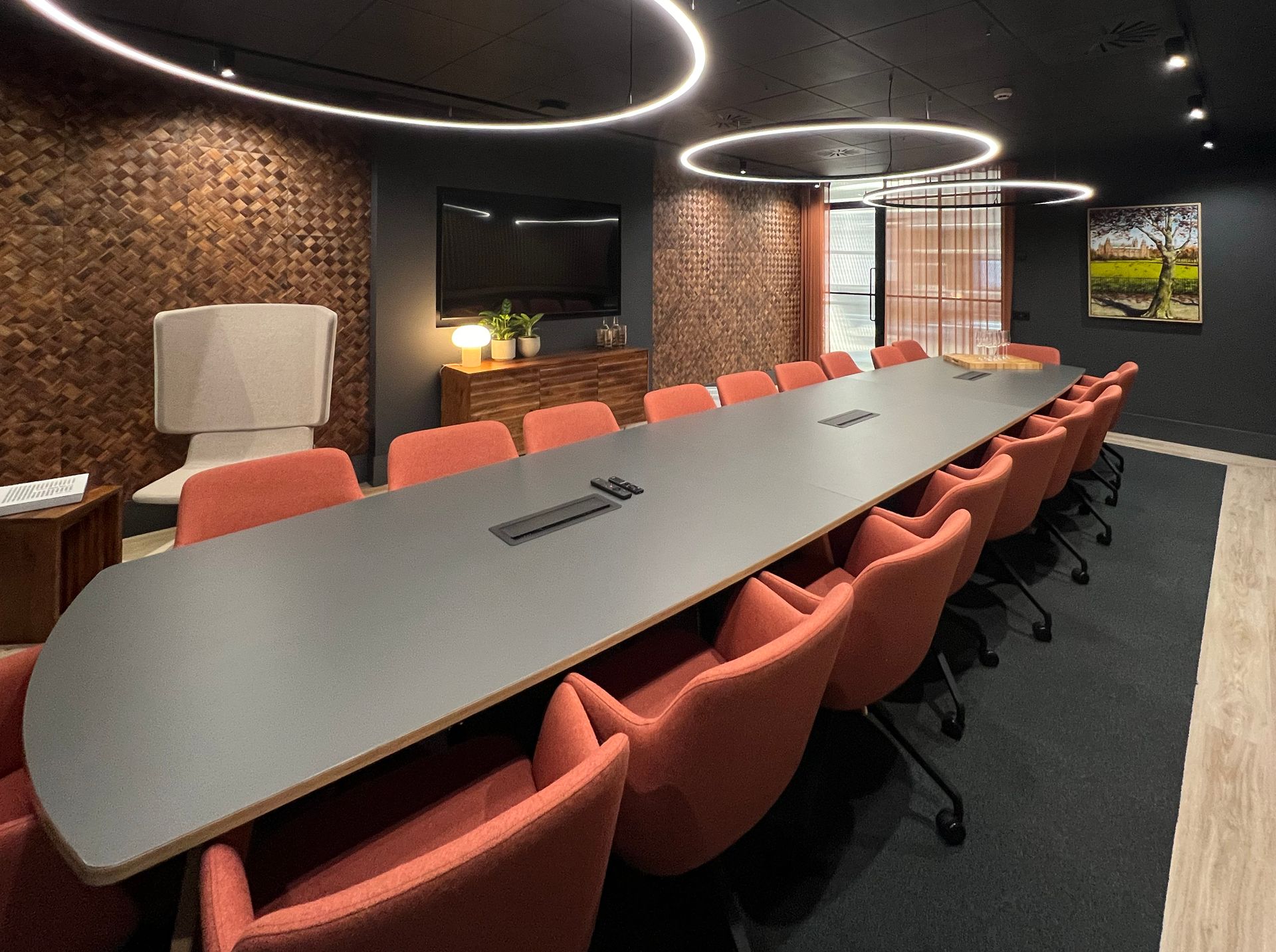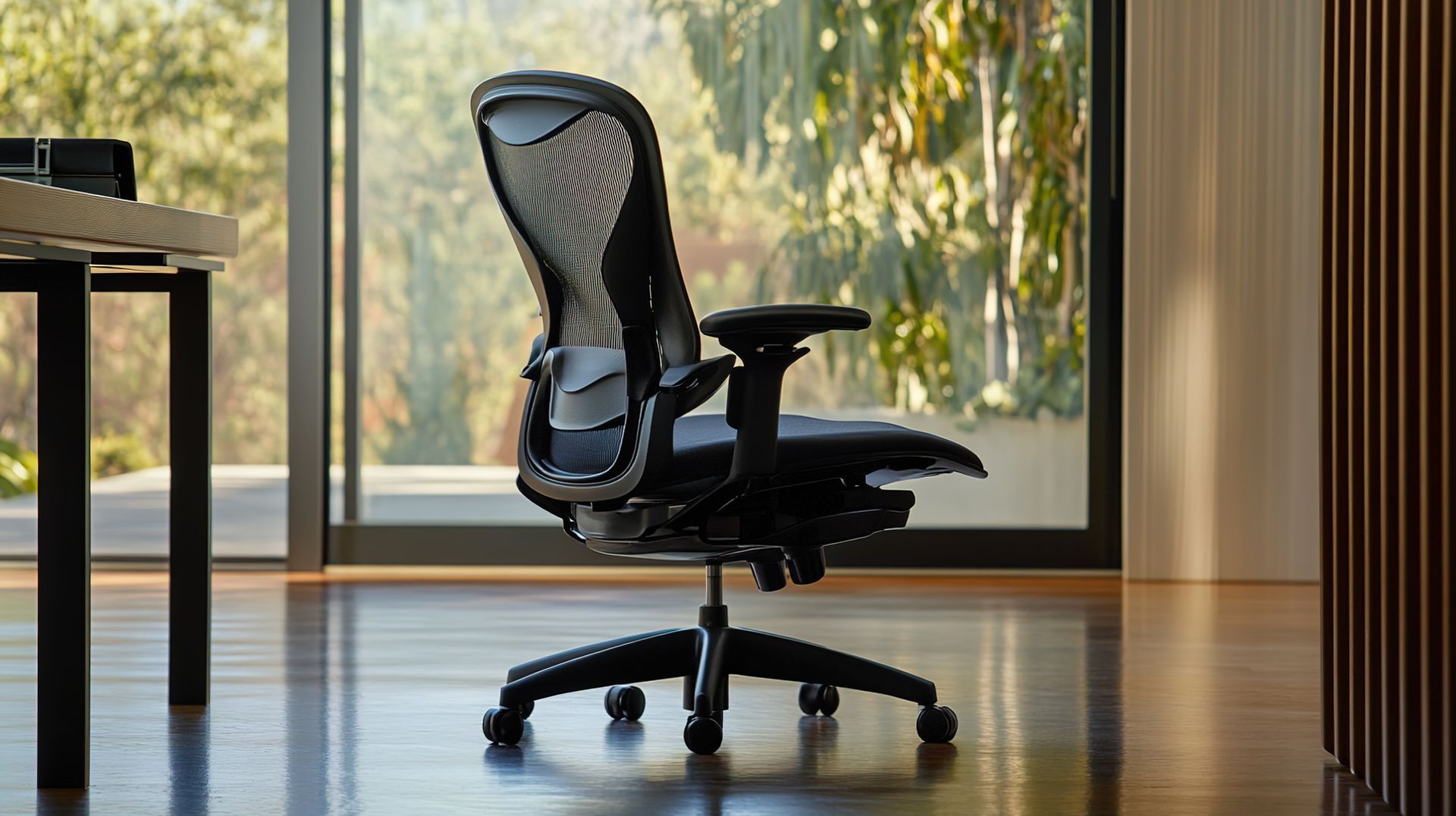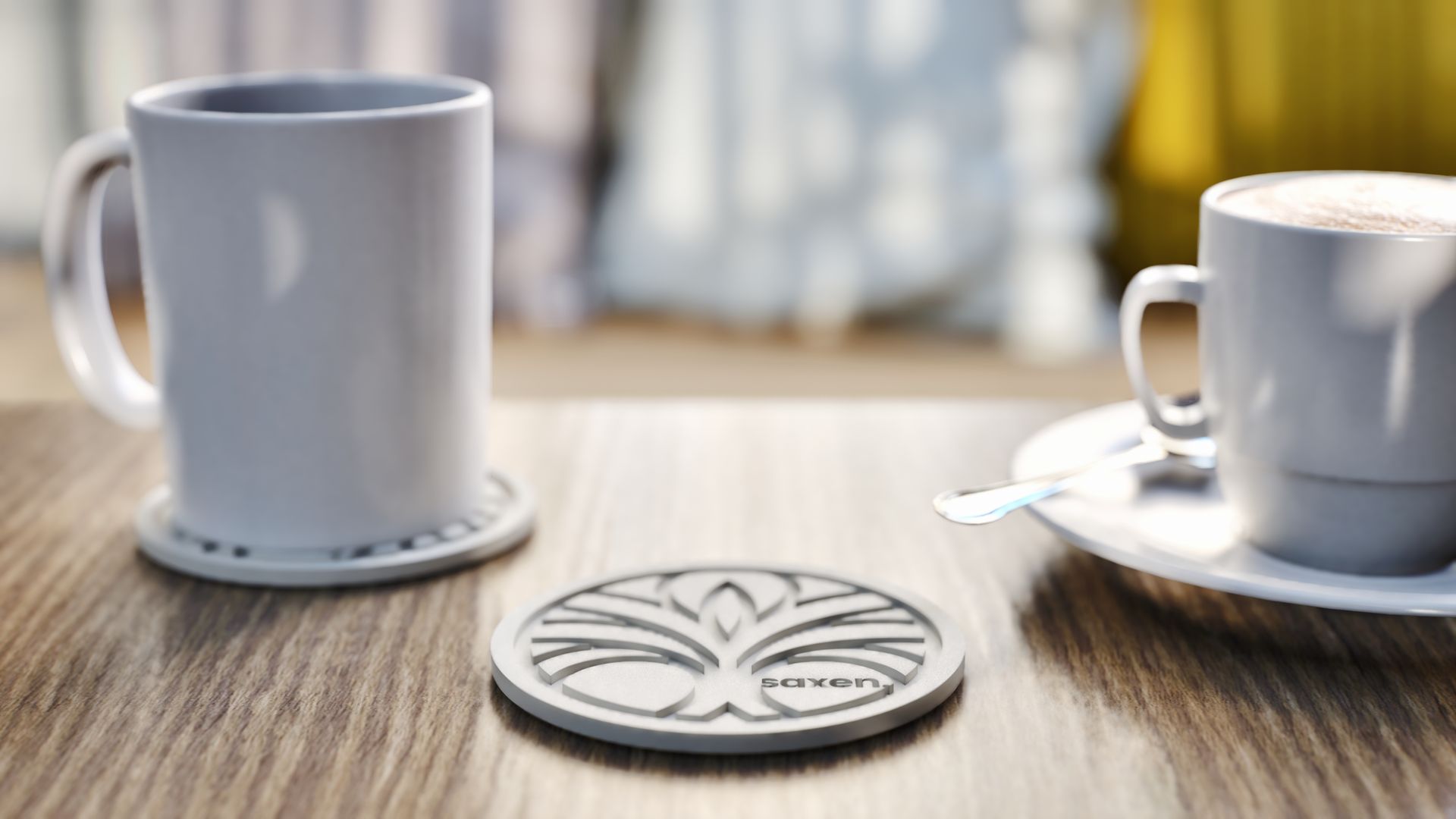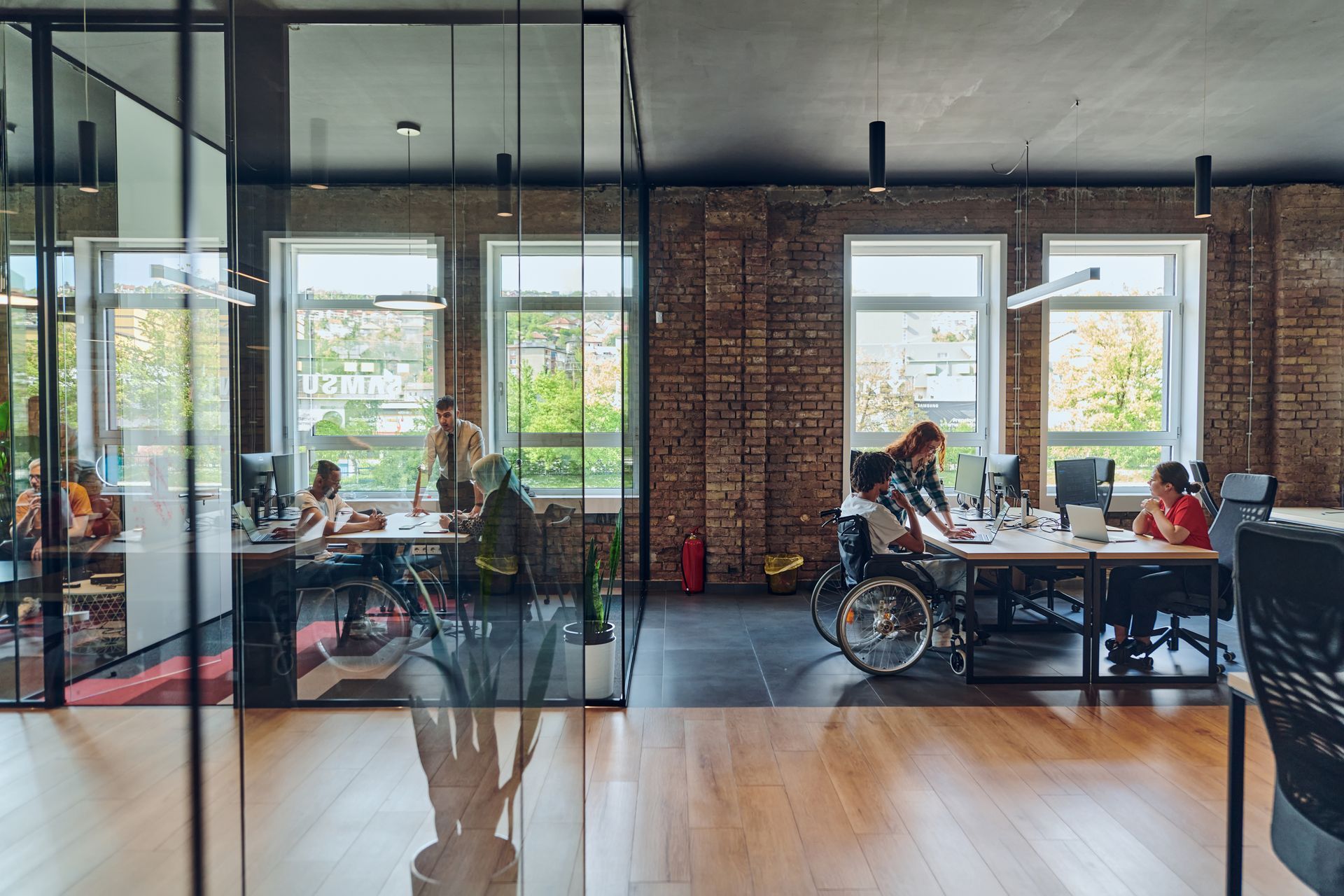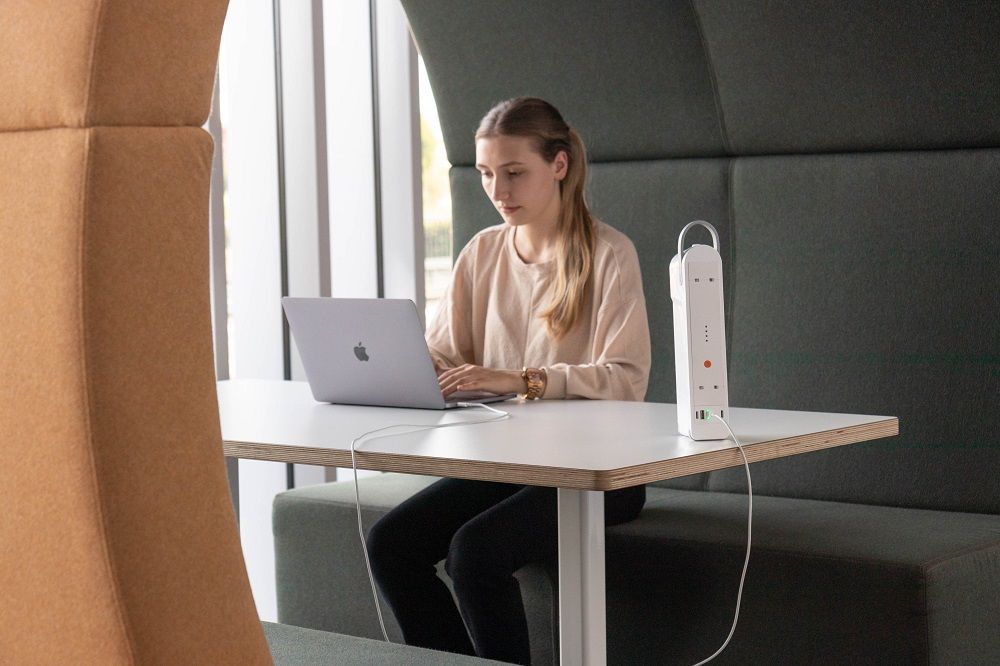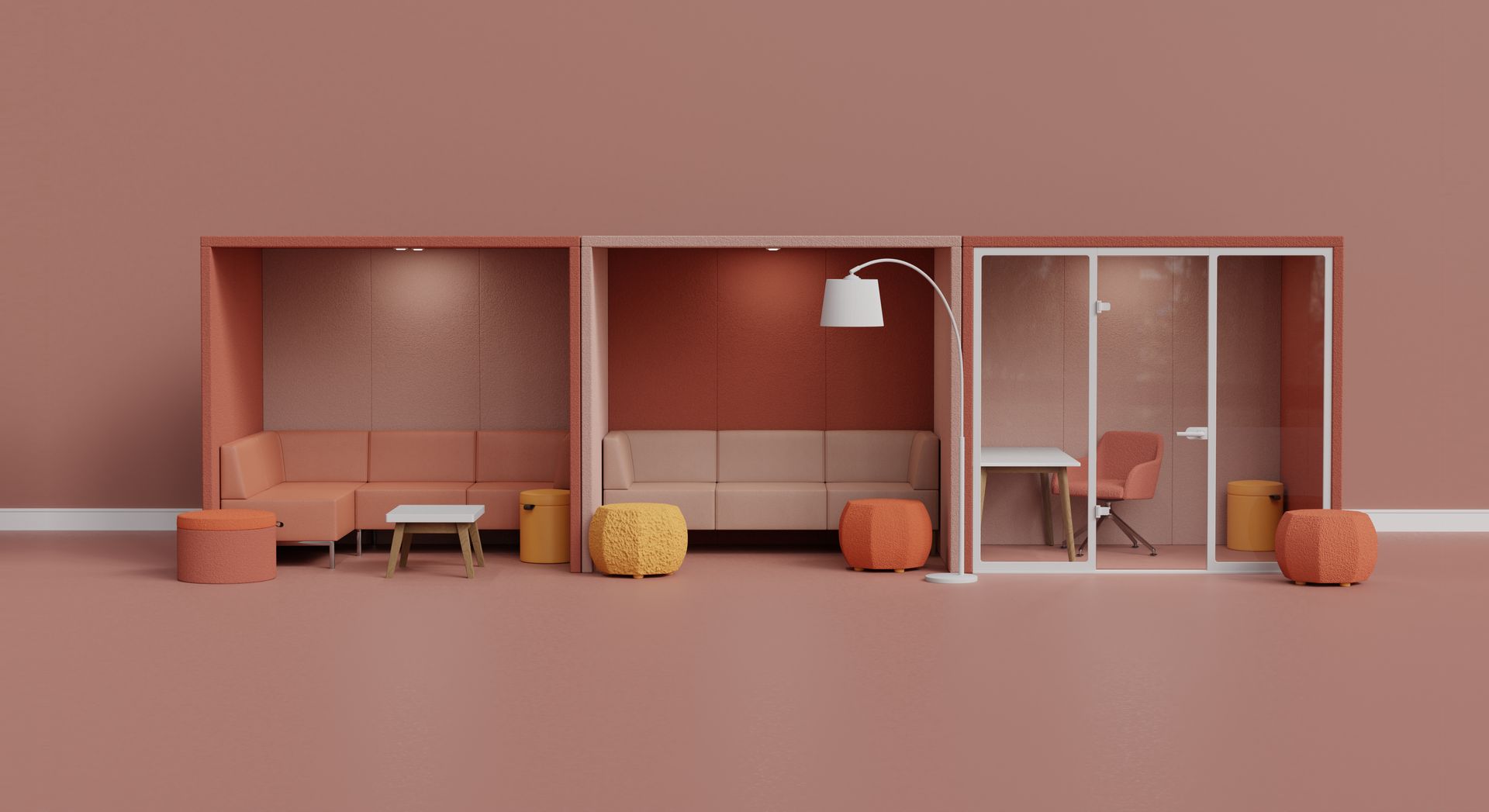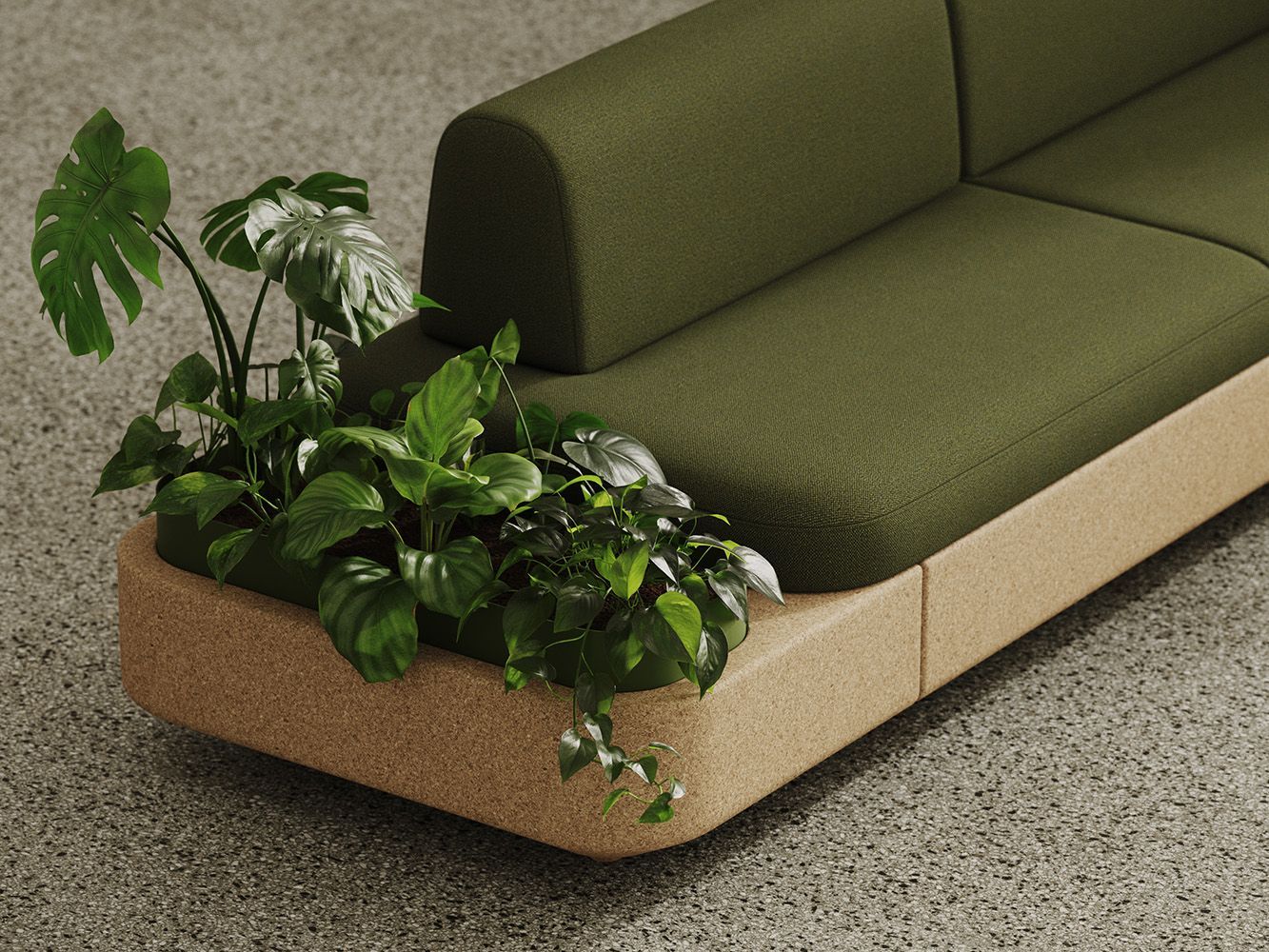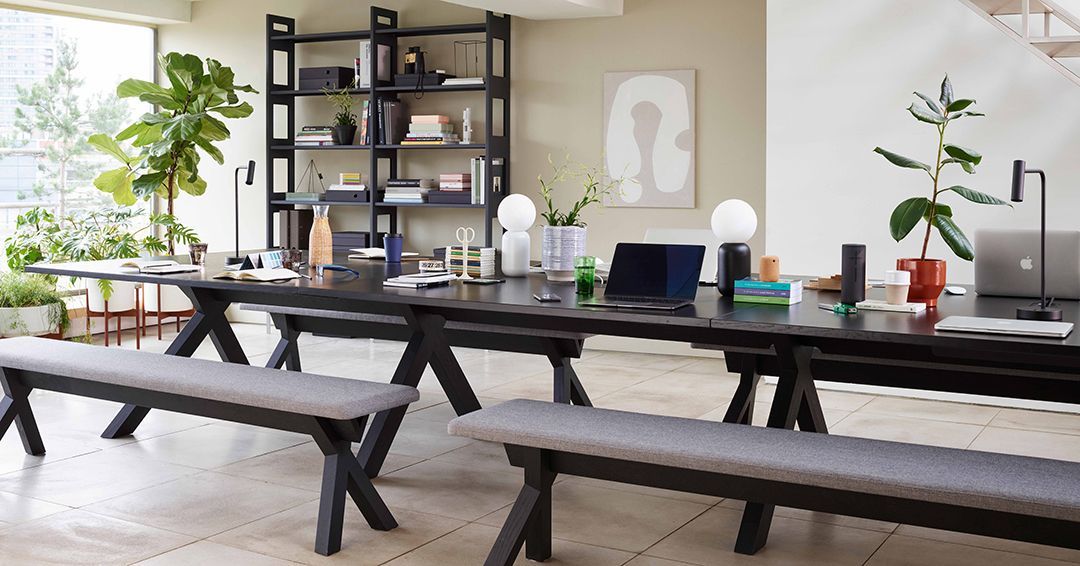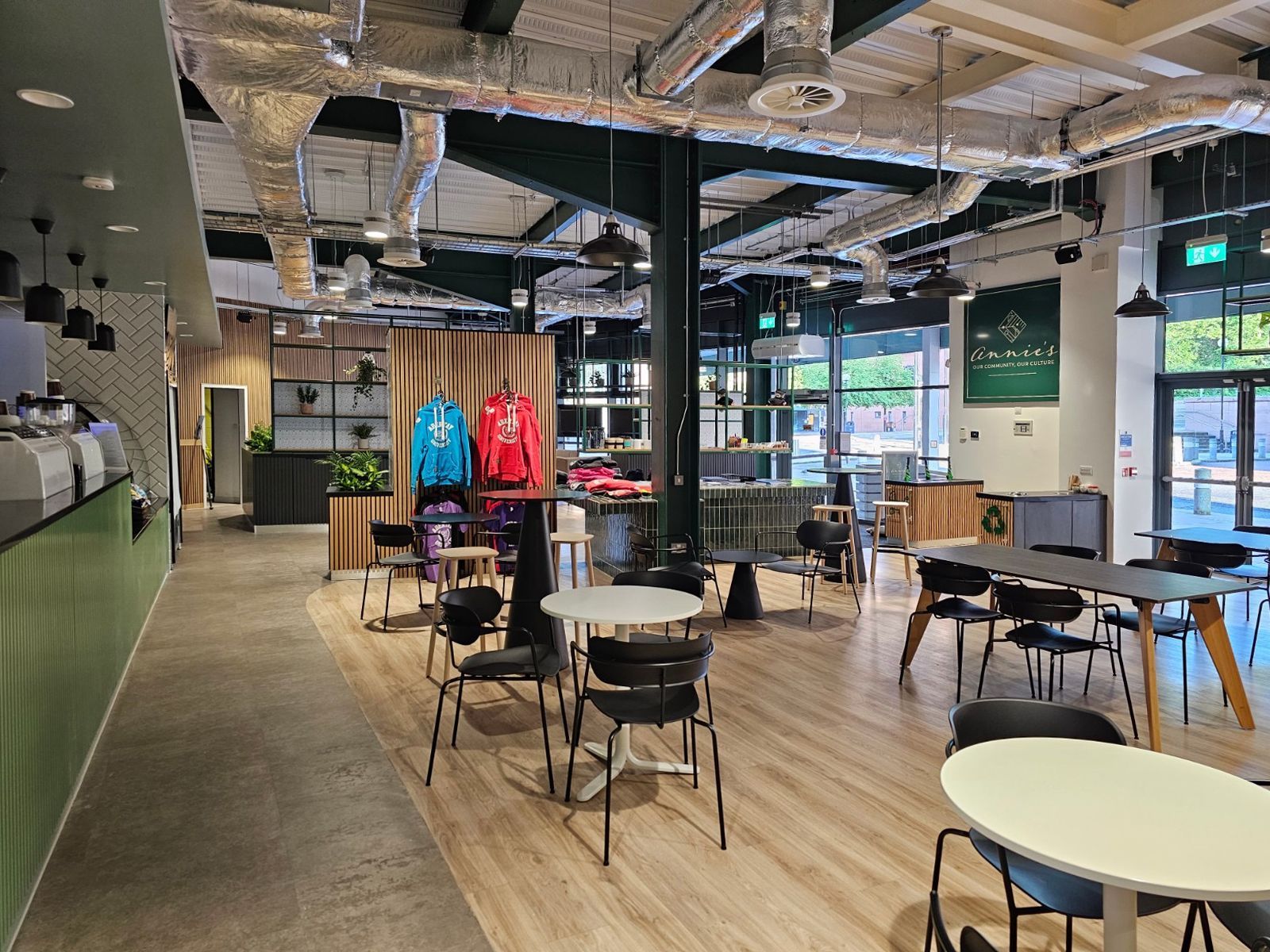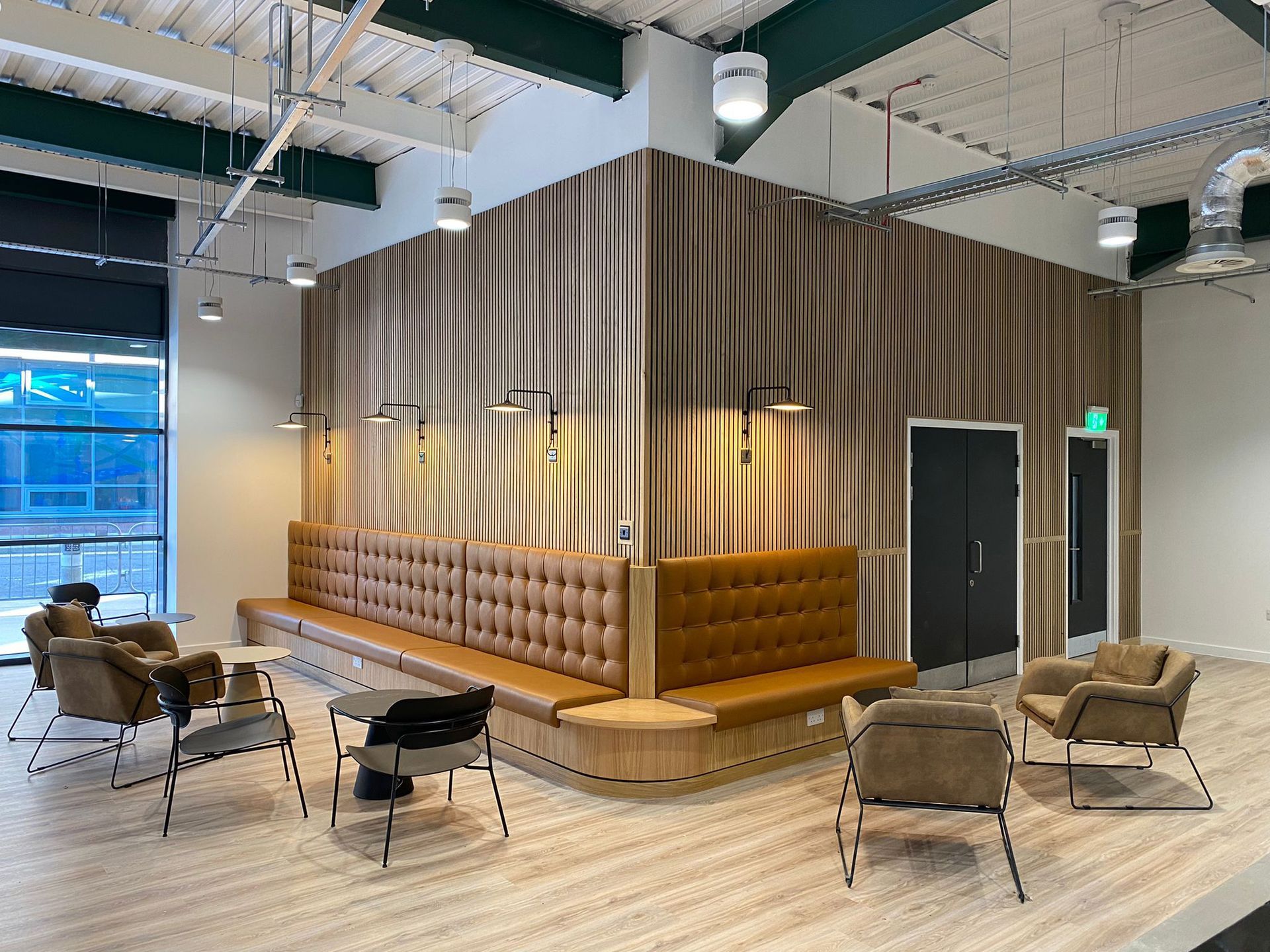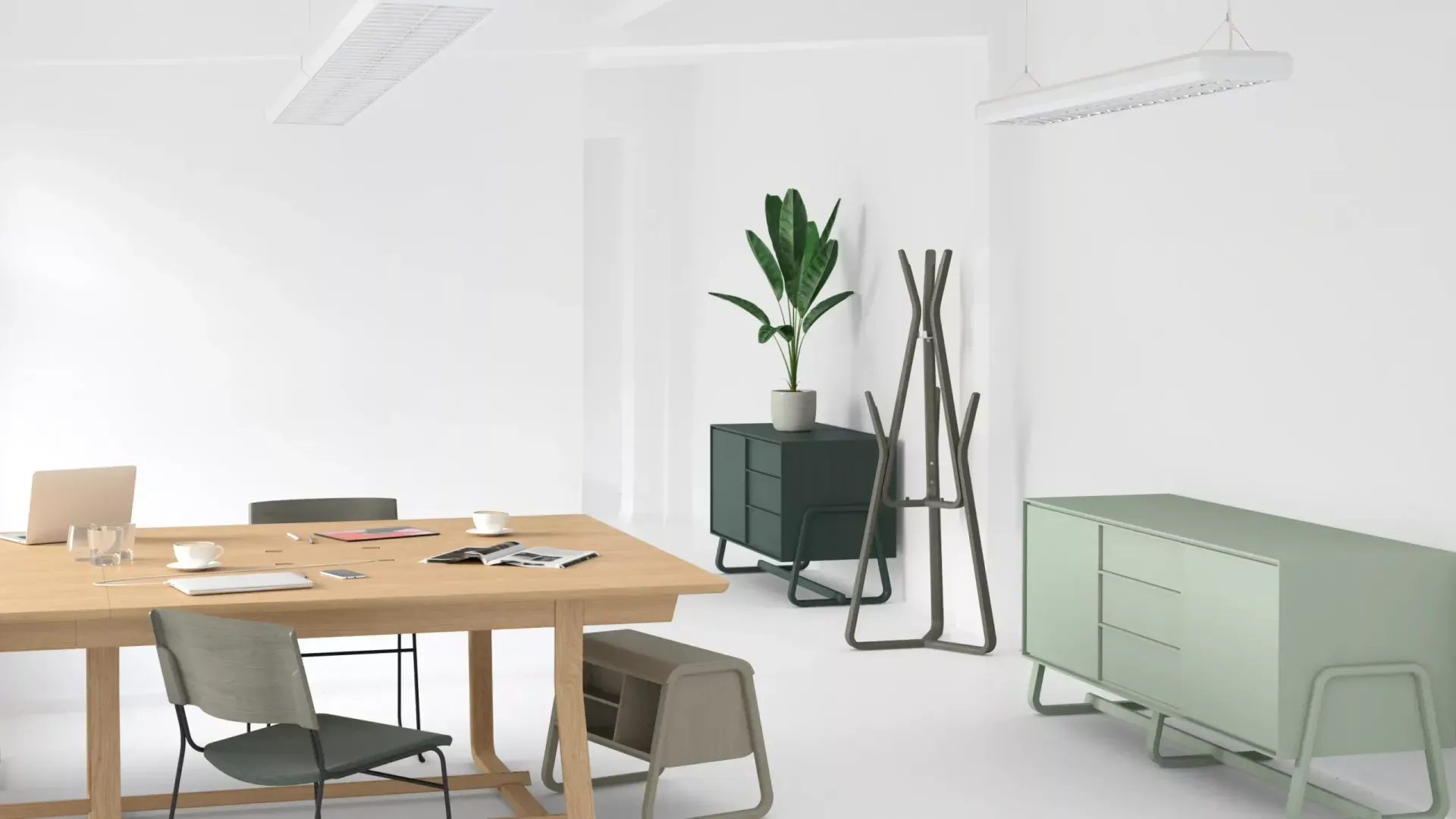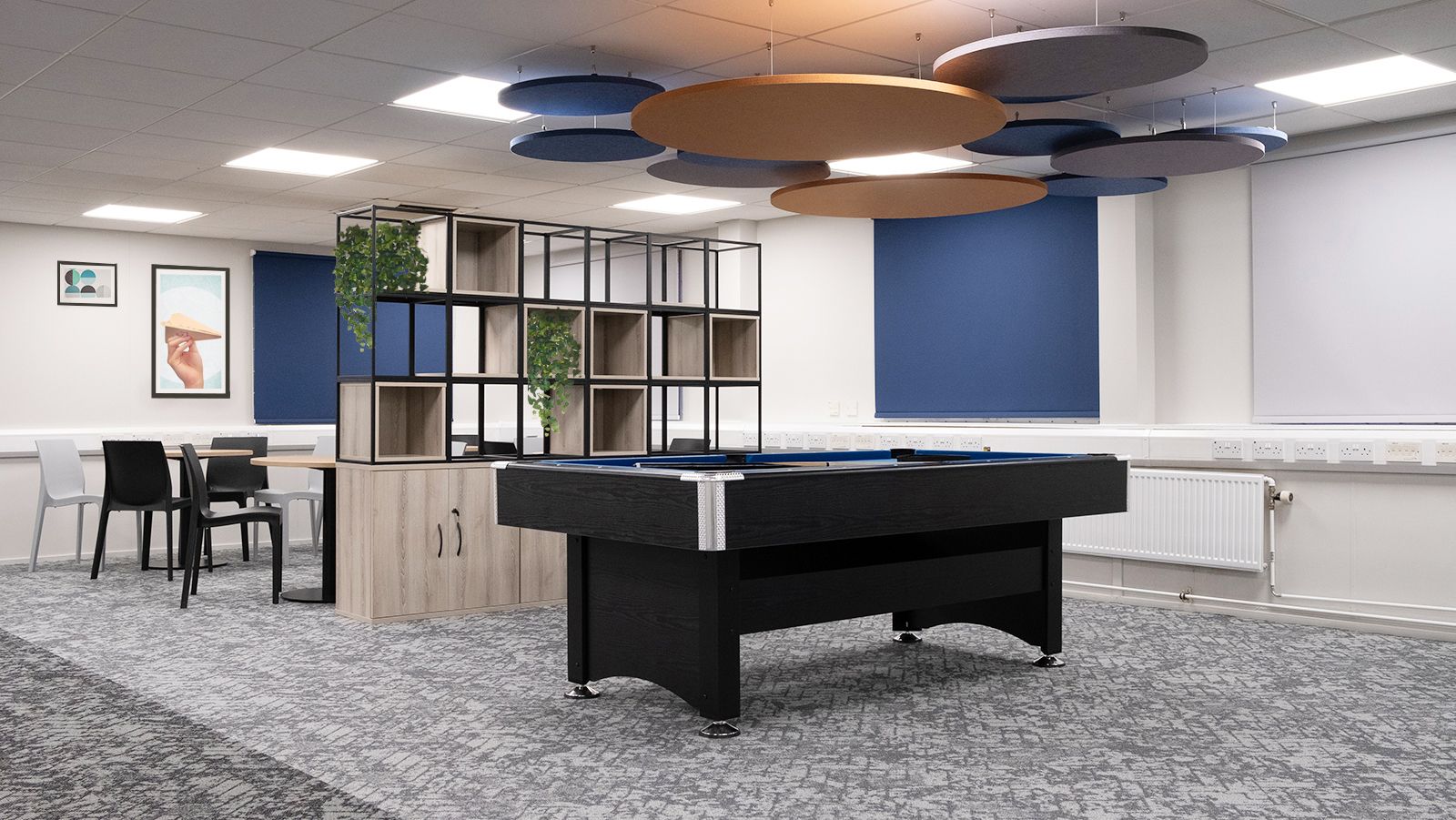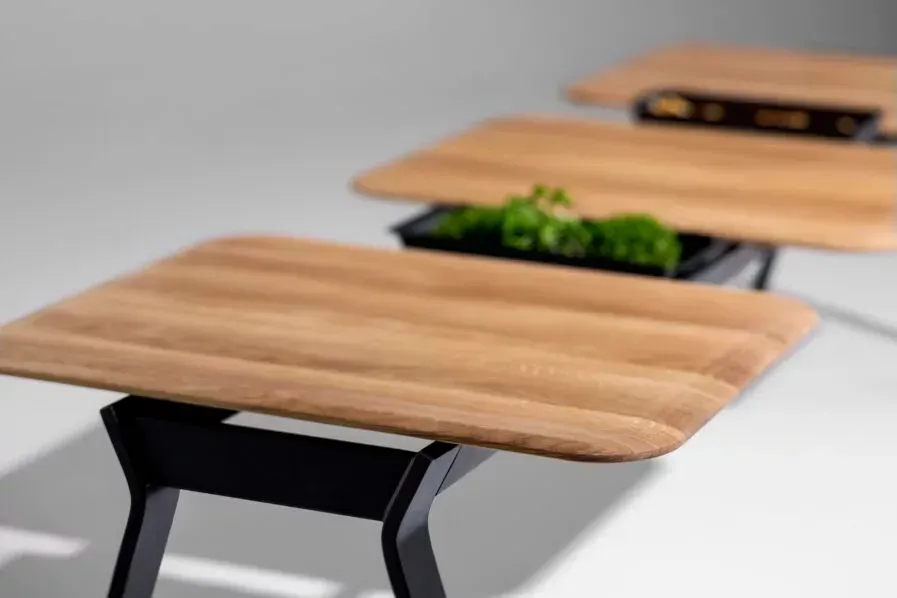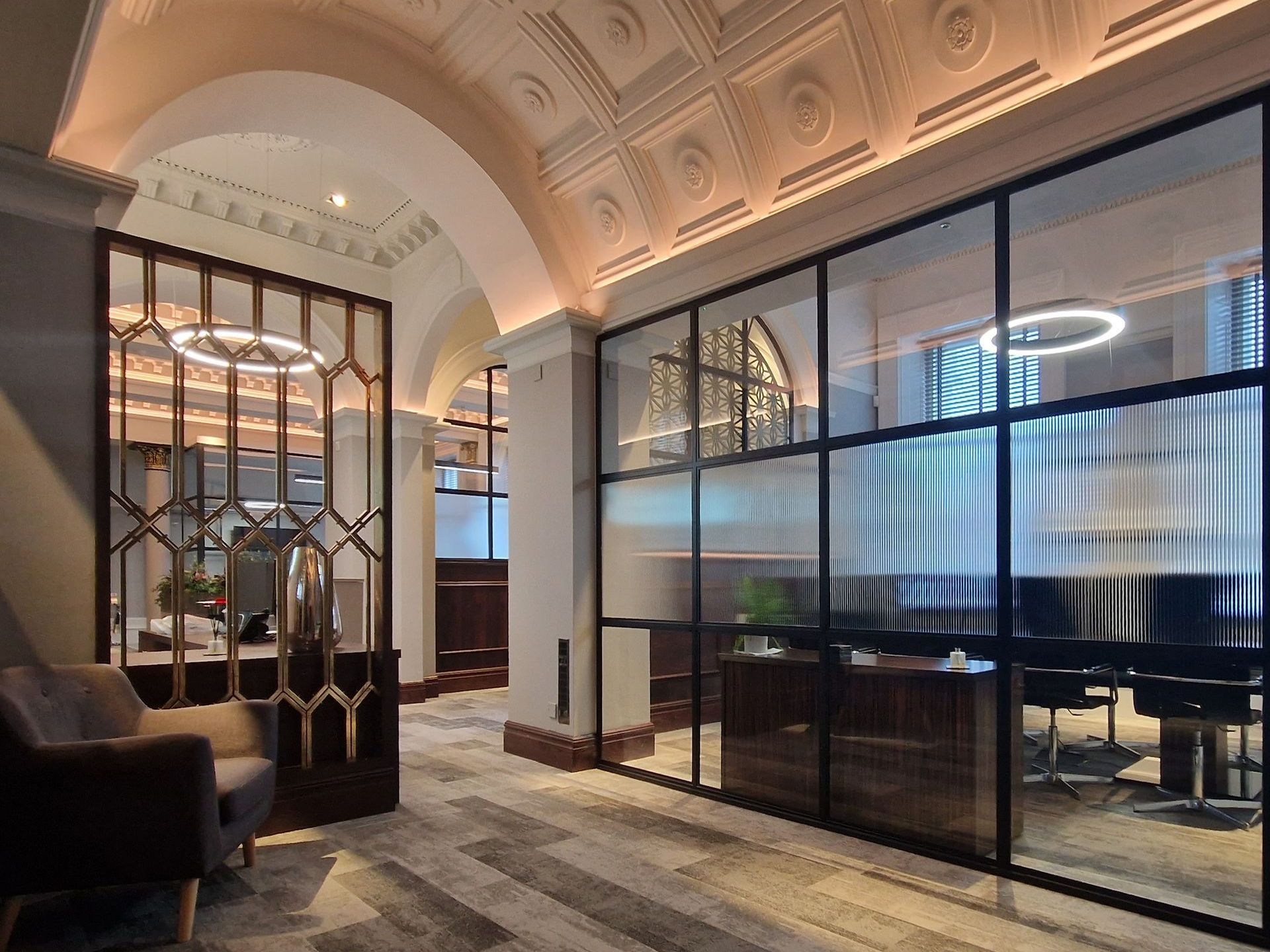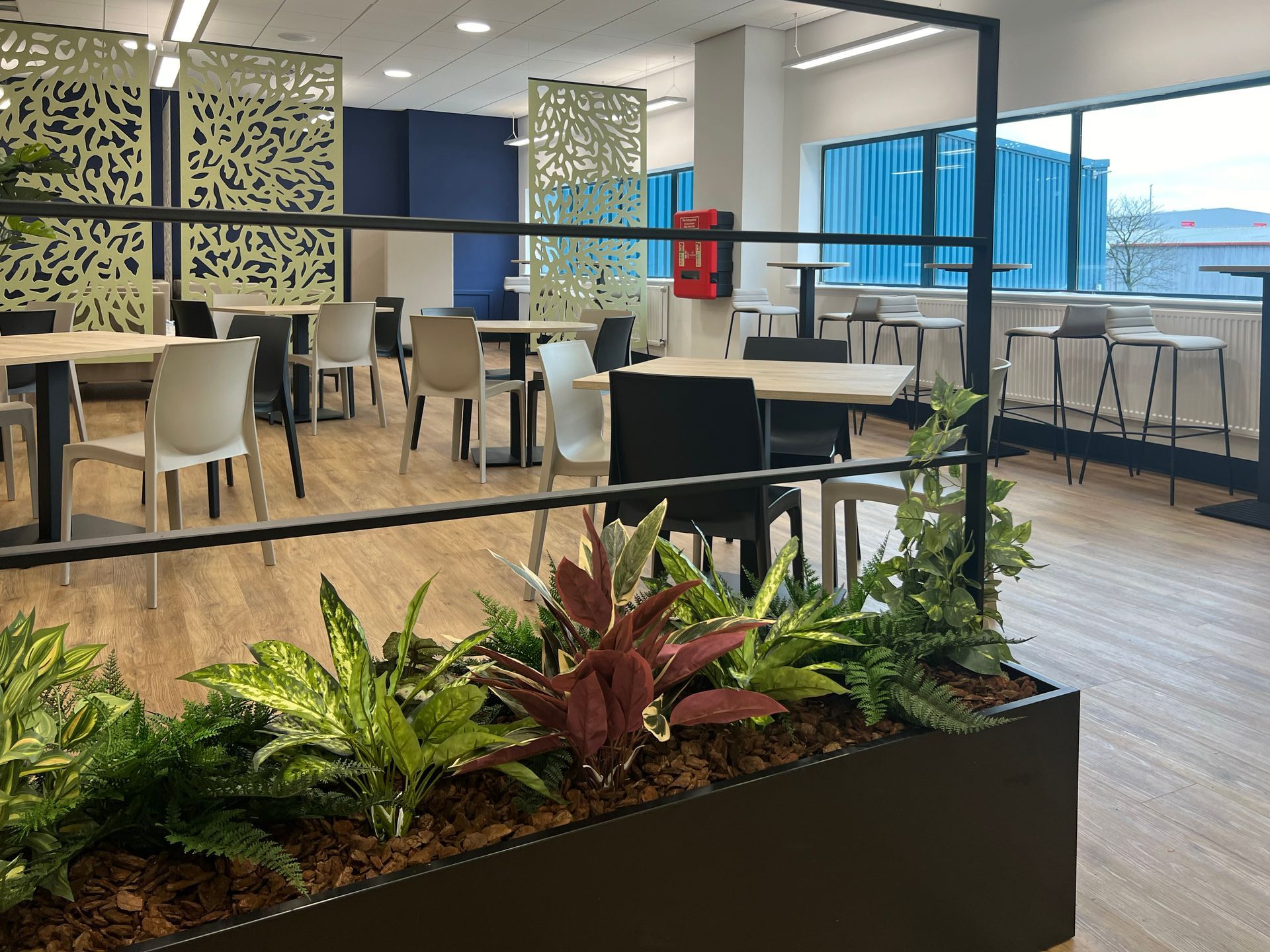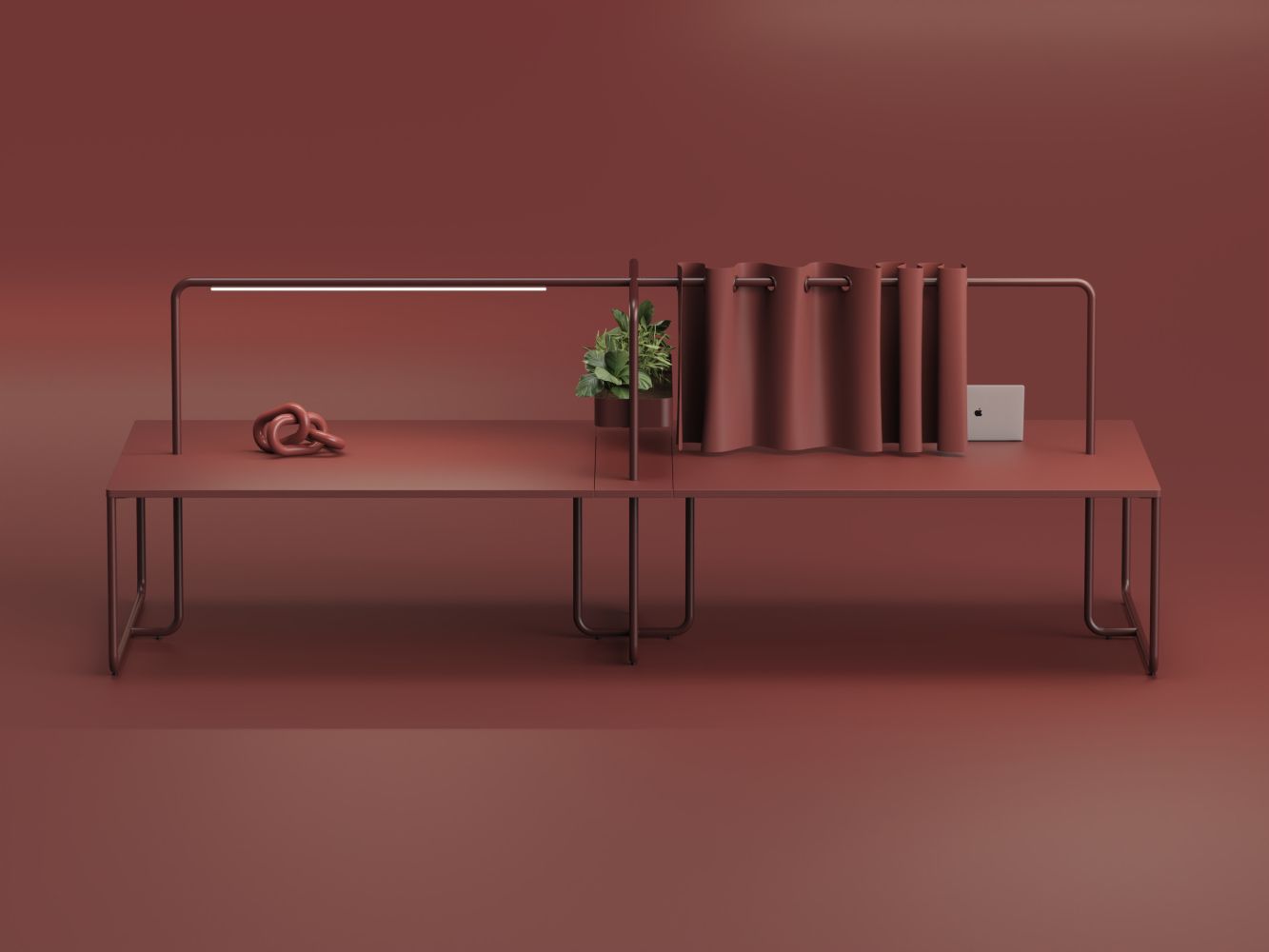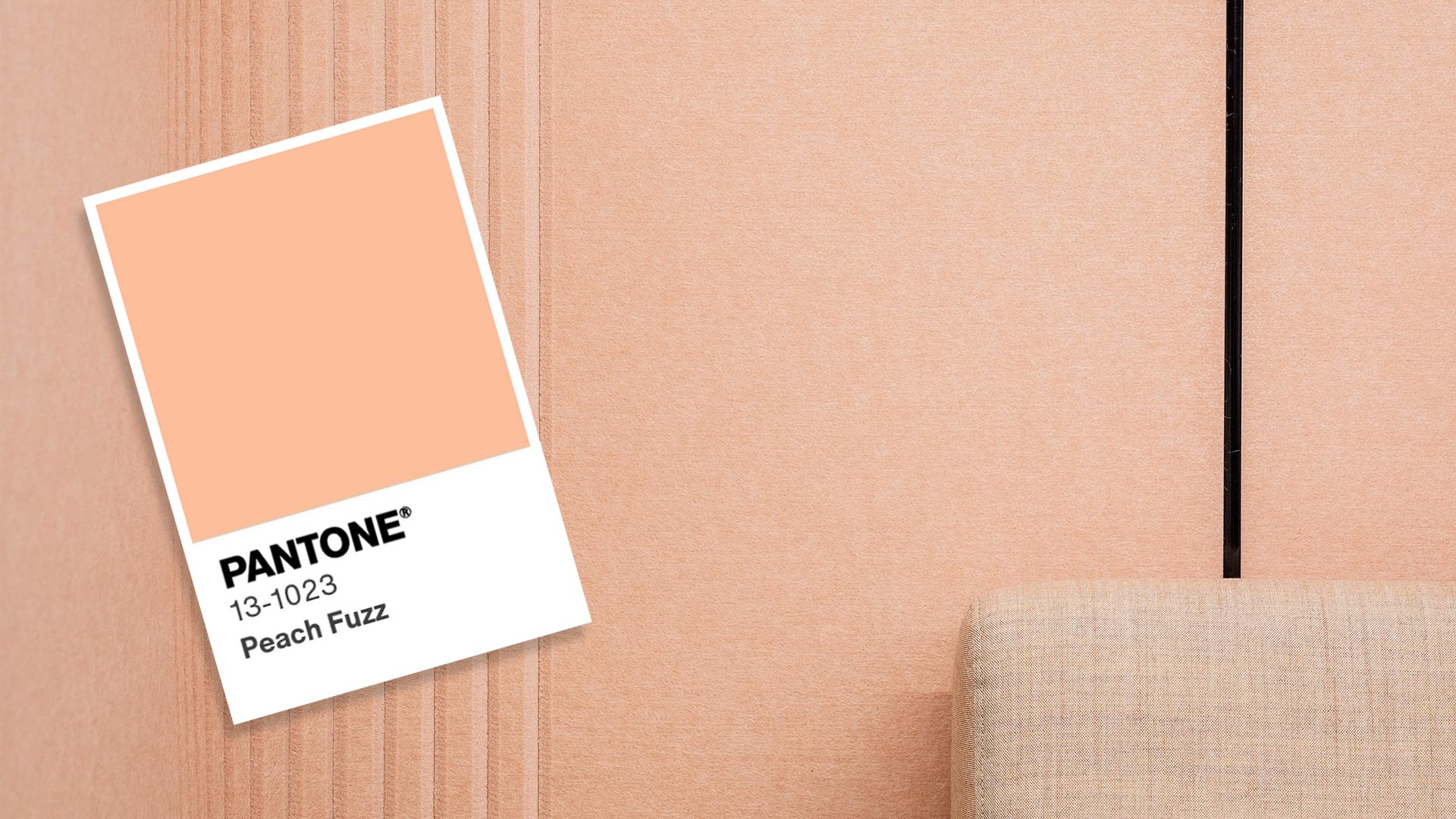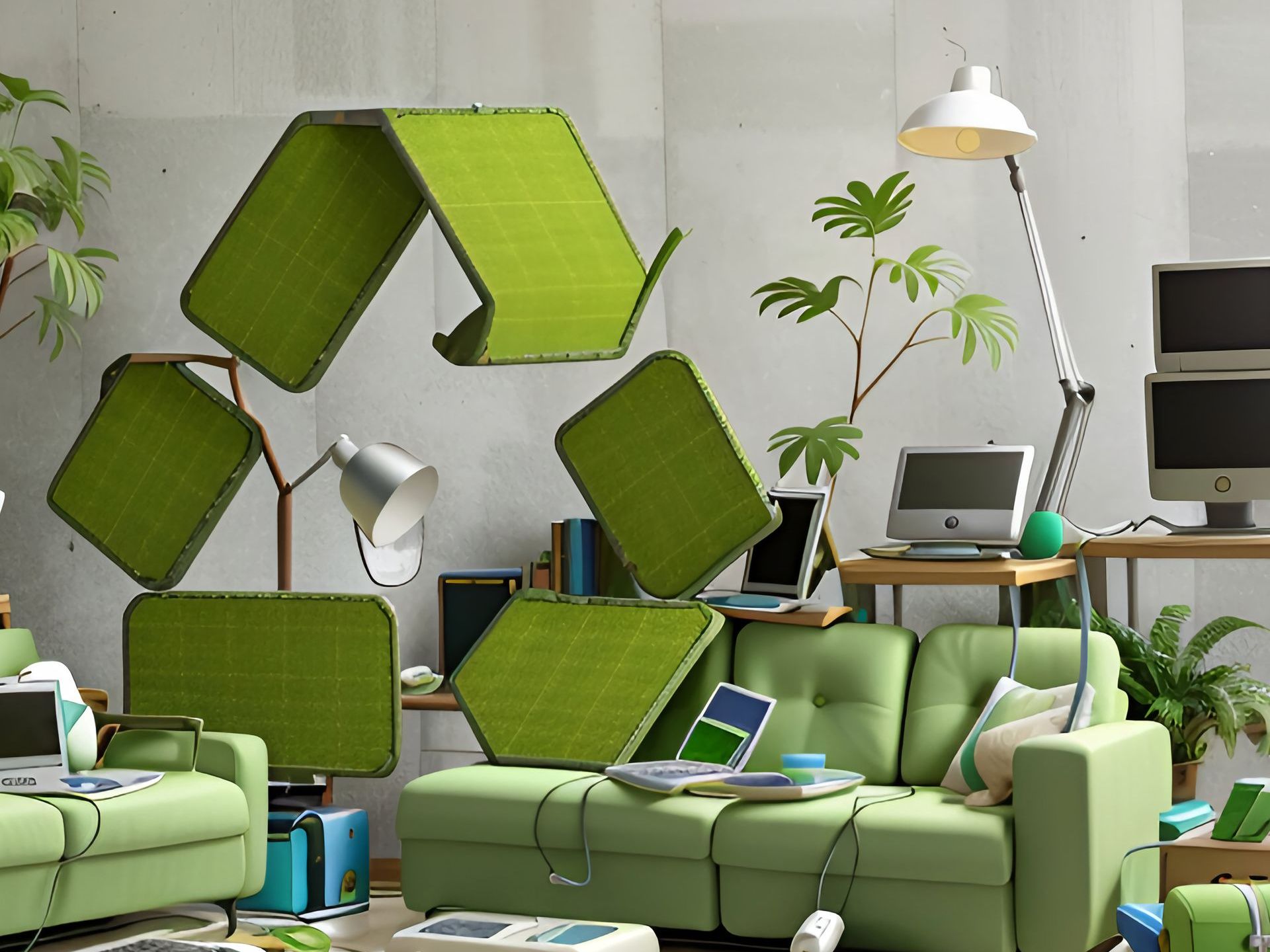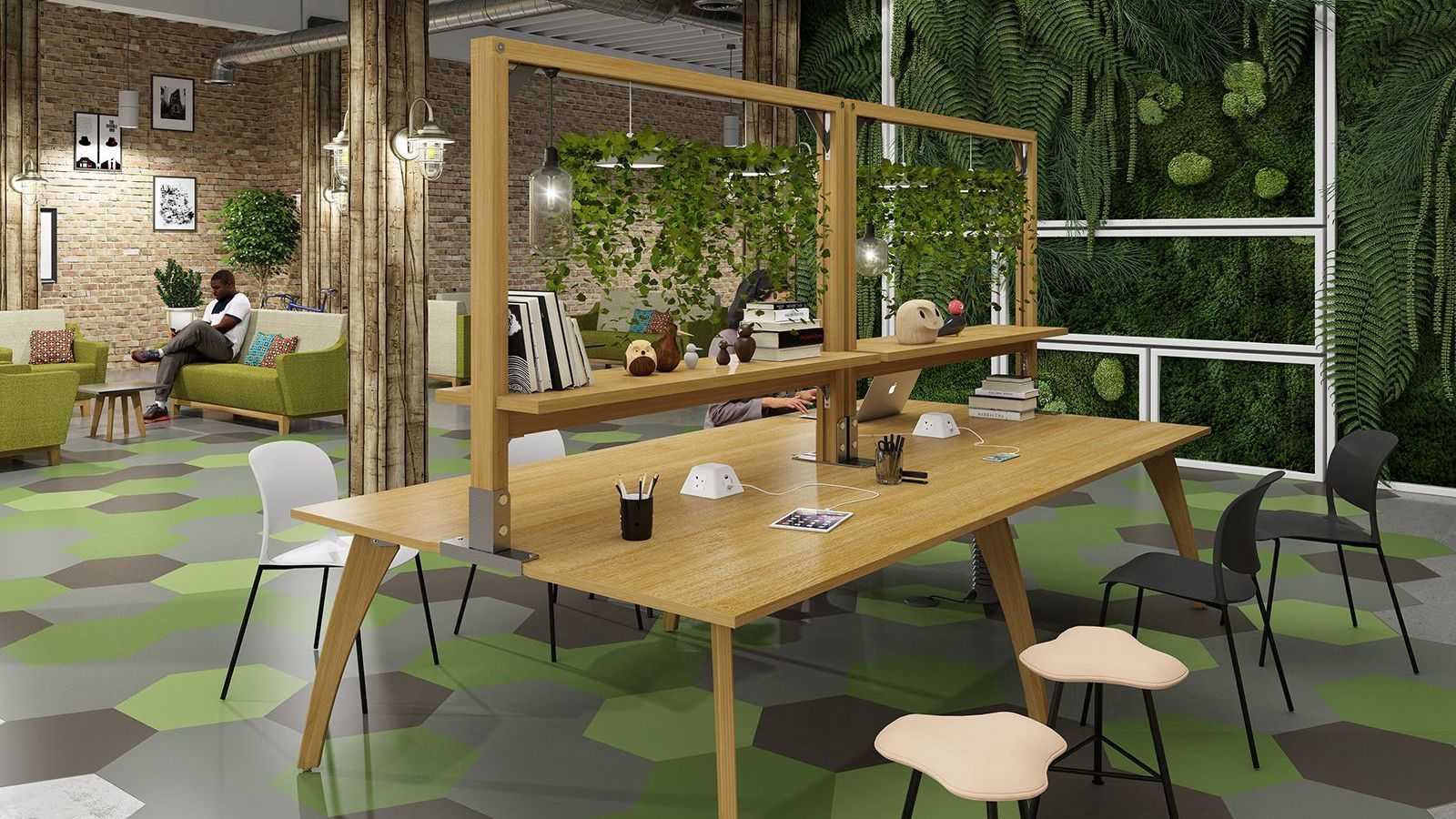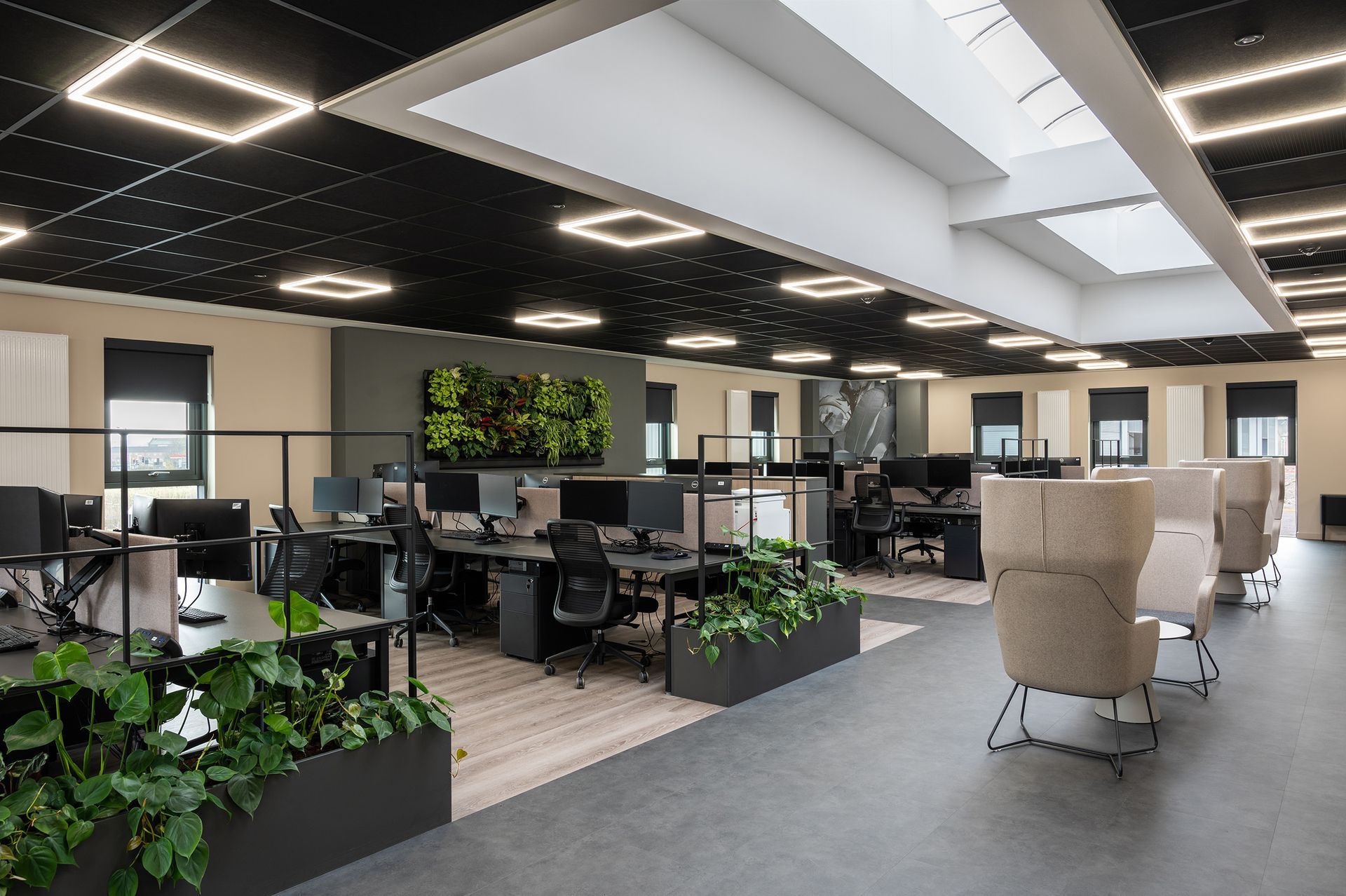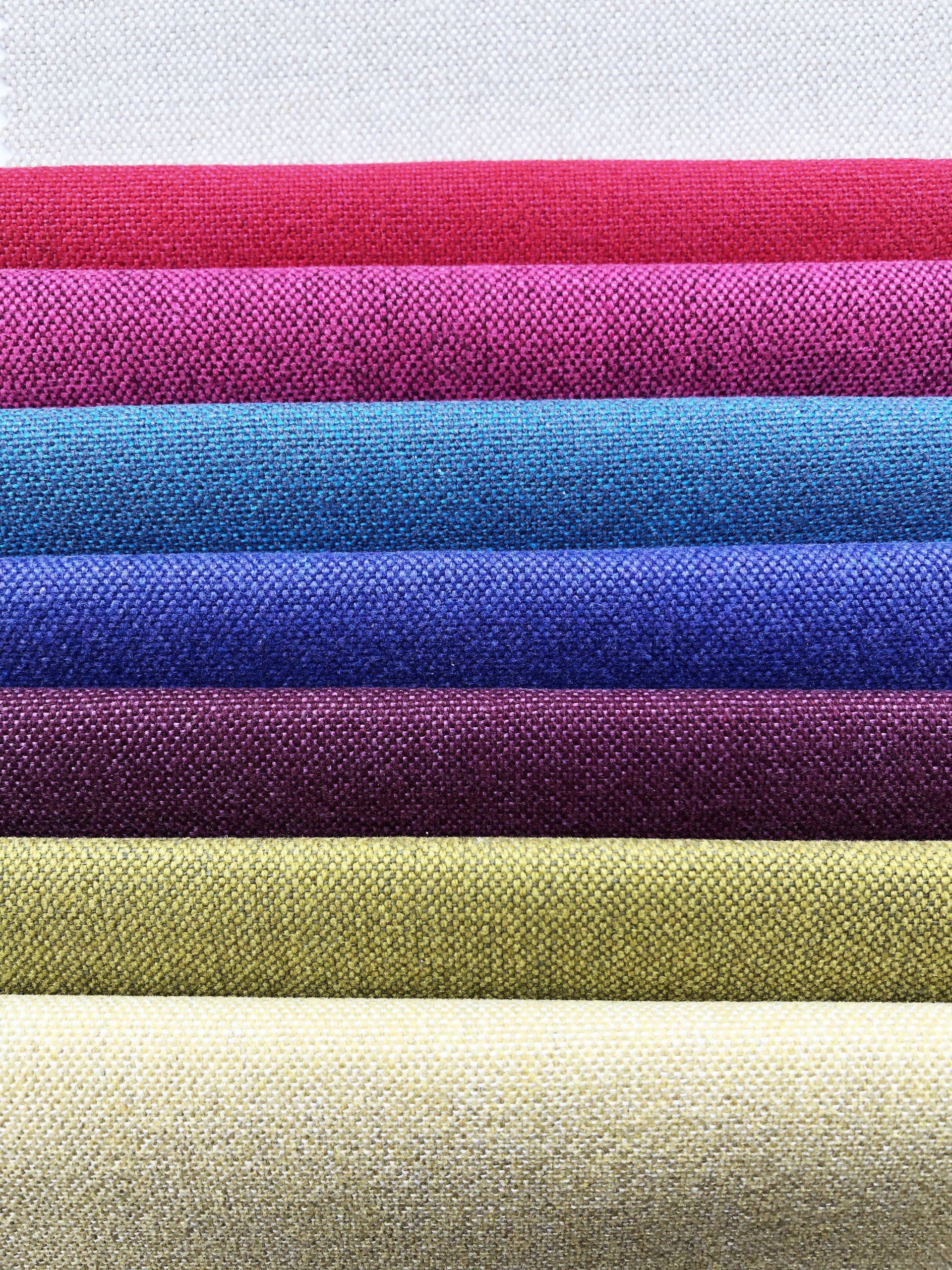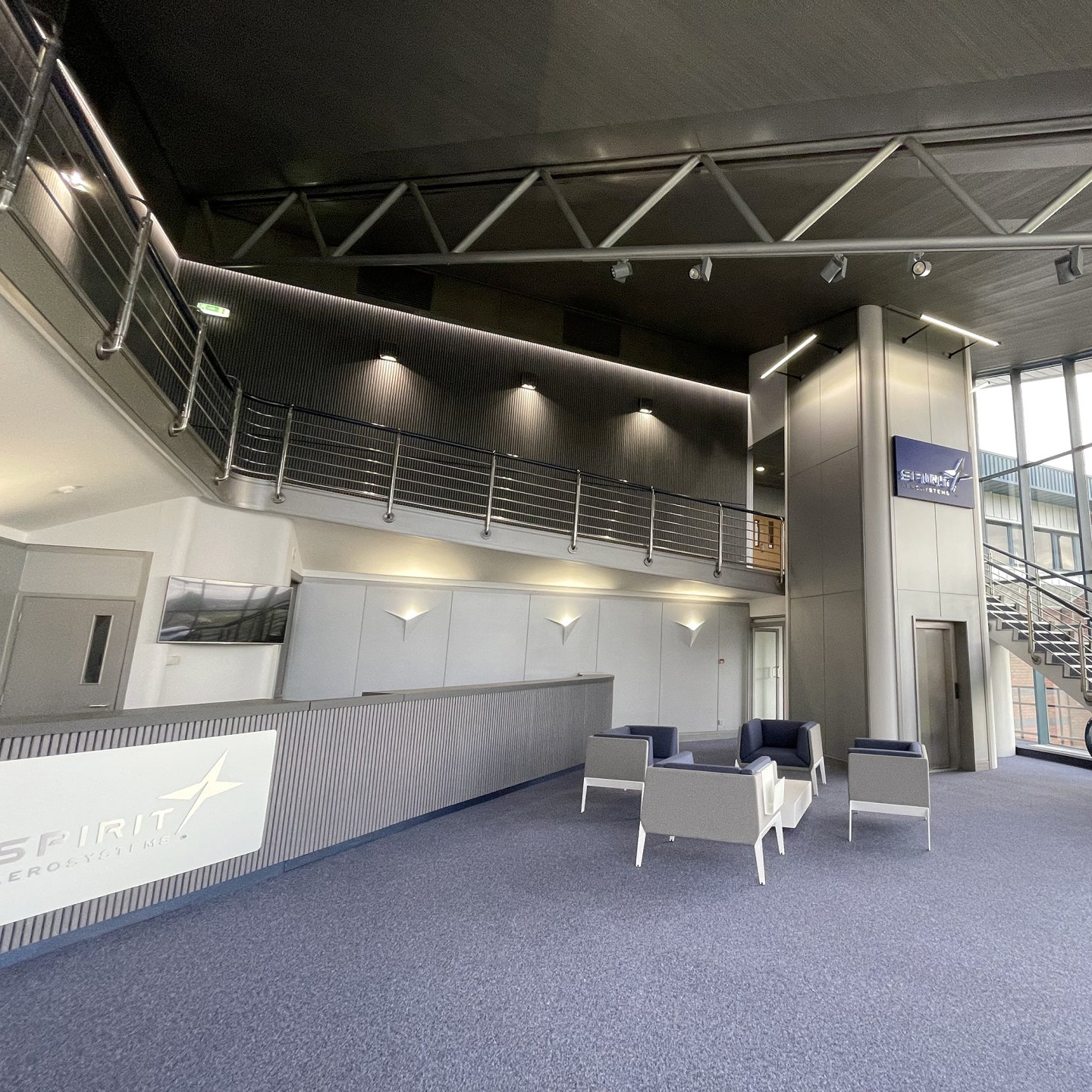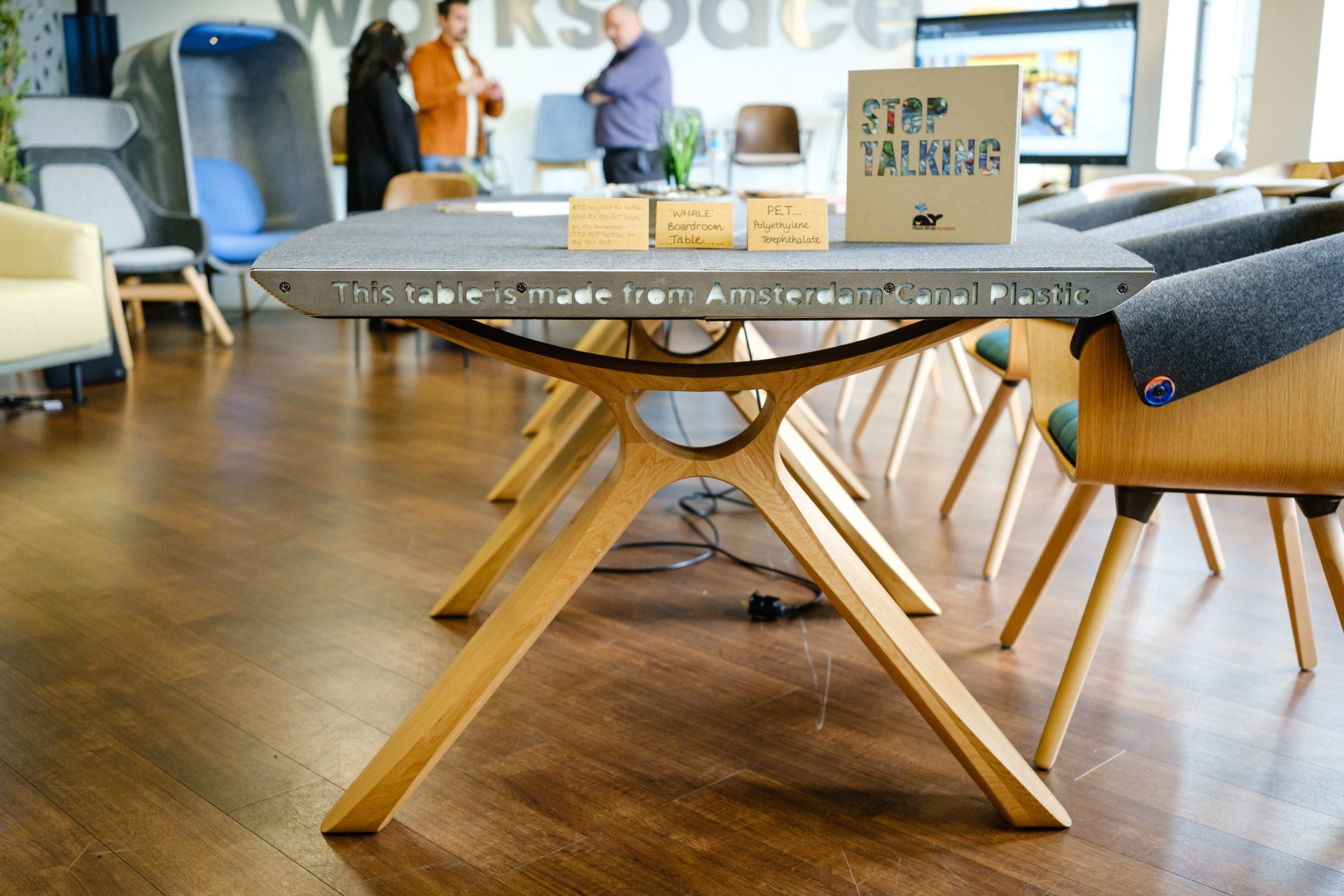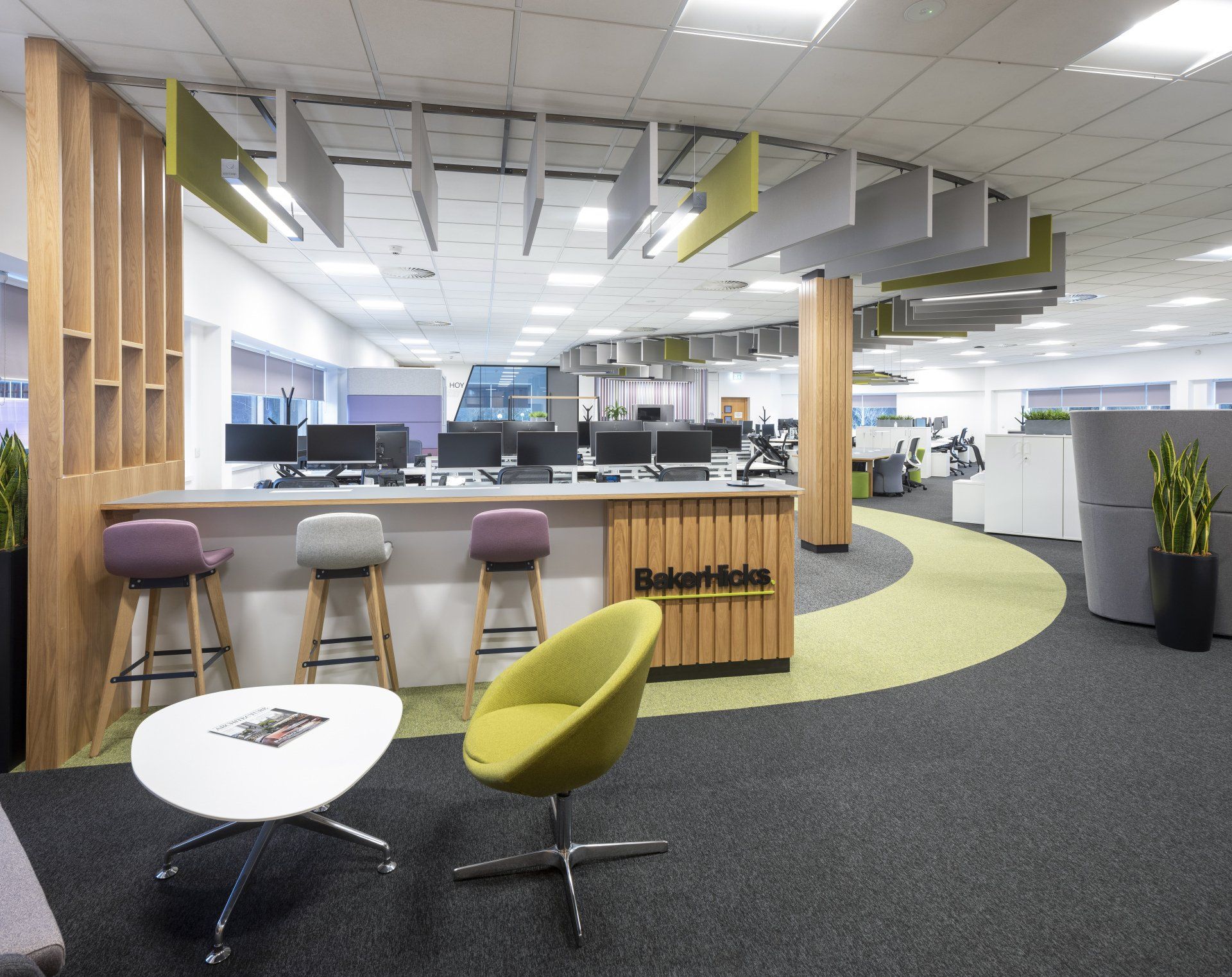Beautiful spaces, responsible choices: the new standard in commercial interiors
Sustainability is no longer a niche consideration in the built environment. It is a professional responsibility that shapes how architects, interior designers, and furniture specifiers approach every project.
The challenge lies not only in creating spaces that look and function beautifully, but also in ensuring that the materials, furniture, and finishes used contribute positively to both people and the planet.
In a sector that consumes significant resources, every specification decision carries weight. From material sourcing to end-of-life planning, thoughtful choices can make a measurable difference.
How to make a difference.
Adopting a circular design approach is the foundation of sustainable specification. Instead of viewing products through a linear model of 'take, make, dispose', circular thinking focuses on extending the life of materials and products through reuse, refurbishment, and recycling.
When designing interiors, consider how elements can be repurposed or reconfigured to accommodate changes over time. Modular furniture systems, for instance, allow components to be replaced, expanded, or updated rather than discarded. Refurbished pieces, particularly workstations, seating, and storage units, offer a high-quality alternative to new purchases while significantly reducing your carbon footprint.
Companies such as
Saxen, Scotland’s largest supplier of new, preloved, and refurbished commercial furniture, make it easier for specifiers to embrace circular principles in practice. Saxen supplies a wide range of sustainably manufactured
new commercial furniture and sources and
restores premium brand furniture to a high standard, providing stylish, durable, and sustainable options for projects of all scales.
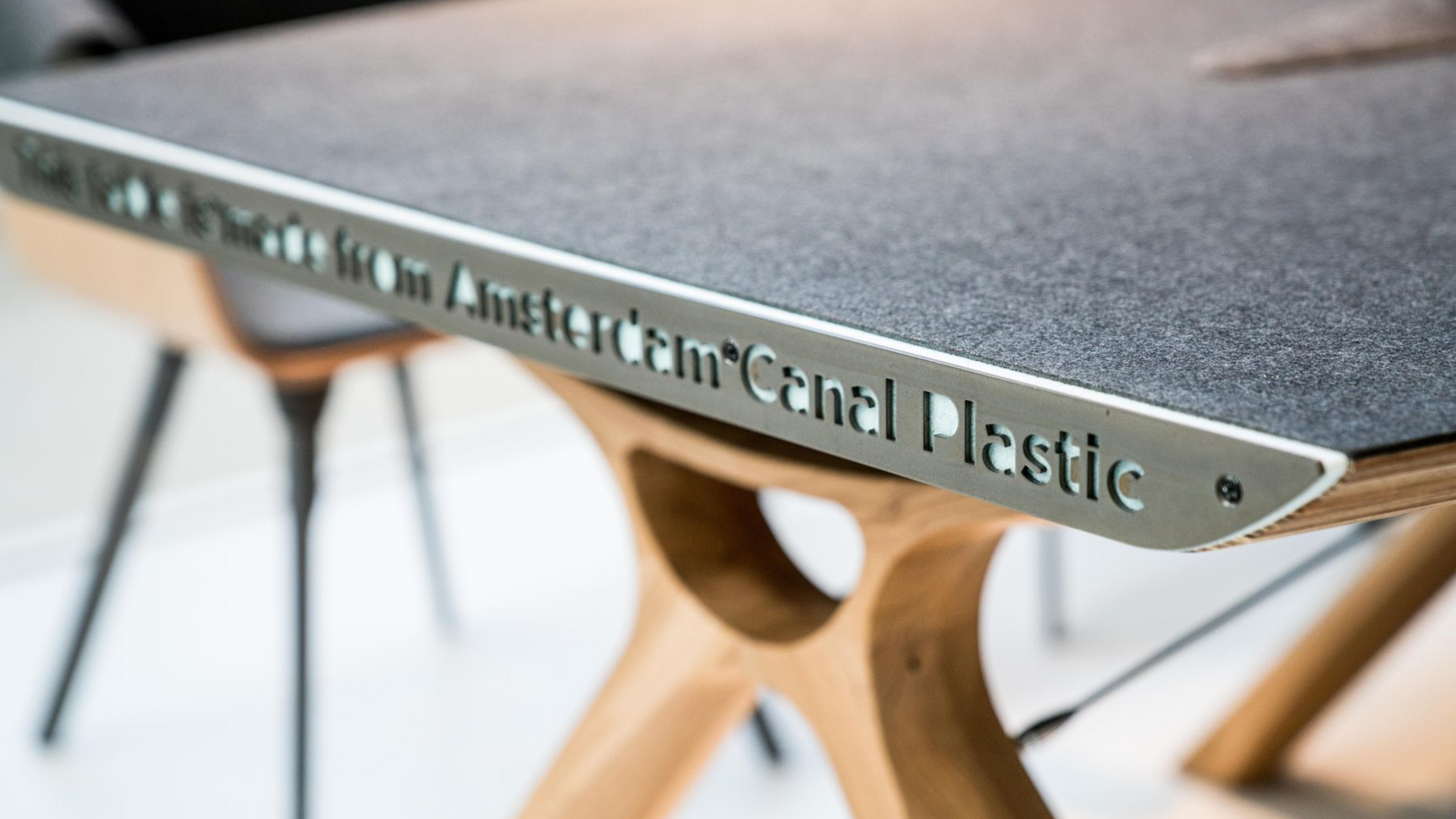
Prioritise provenance and transparency
Understanding the origins of materials and their production processes is crucial. Always seek suppliers that can provide Environmental Product Declarations (EPDs) or certification schemes such as FSC® for timber, Cradle to Cradle®, or Greenguard®. These documents help verify that products meet recognised sustainability standards.
Engage with manufacturers and suppliers who are transparent about their supply chains and environmental impact. Many are now offering take-back programs, such as Saxen's
Regener8 initiative, as well as remanufacturing and
refurbishment programmes that support designers in achieving low-carbon outcomes.
Specify reuse, refurbished and remanufactured furniture
Reuse, refurbished and remanufactured furniture has evolved far beyond its early reputation. Today, high-quality refurbishment specialists can restore, upgrade, and customise products to meet modern performance and aesthetic standards.
For commercial projects, this approach offers both environmental and financial advantages. Refurbished and second-hand furniture can reduce embodied carbon emissions by up to 80 per cent compared to new, while maintaining durability and functionality. Specifiers can also seamlessly blend refurbished and new items, achieving design cohesion without compromising on sustainability goals.
Saxen’s
RefurbHub
service, located just south of Glasgow in Scotland, demonstrates how this can be achieved at scale. By extending the life of premium furniture, they help clients reduce waste, save costs, and meet their sustainability targets without sacrificing design integrity.
Choose finishes with a low environmental impact
Finishes play a crucial role in defining the character and performance of a space, but they also contribute to its environmental footprint. Specify materials, such as Rezign or SolidWool veneer sheets, with recycled or rapidly renewable content and prioritise low-VOC paints, adhesives, and sealants to protect indoor air quality.
Where possible, use local materials to minimise transport emissions and support regional supply chains. Consider the entire life cycle of finishes, from extraction and manufacture to maintenance and disposal. Products designed for disassembly such as
Alejandro Villarreal's Otto chairs, or for easy recycling at end of life will always be the more responsible choice.
Think longevity, not trends
True sustainability is about endurance. Specify products that are timeless, durable, and designed to age gracefully. Avoid overly trend-driven selections that may look dated quickly and prompt premature replacement.
Investing in high-quality, repairable furniture and finishes ensures a longer service life and a lower environmental cost over time. Many leading manufacturers, including those represented by Saxen such as
Comfort Seating, now offer refurbishment and component replacement services to support long-term use and adaptability.
Collaborate early and communicate often
Sustainable specification succeeds through collaboration. Engage early with suppliers, contractors, and clients to align on sustainability objectives. Set clear criteria for product performance, certifications, and end-of-life options from the outset.
Sharing knowledge and encouraging open dialogue between disciplines helps identify opportunities for innovation—whether through material reuse, modularity, or circular procurement models.
Saxen is now the largest supplier of new and reused furniture in Scotland.
Shaping the future of sustainable interiors.
Designing and specifying with sustainability in mind is not about compromise. It is about creating enduring, responsible environments that support human wellbeing while reducing environmental harm. By combining new and refurbished products, prioritising transparency, and planning for longevity, architects and designers can lead the way towards a more circular and resilient built environment.
With partners such as Saxen providing access to sustainable new, second-hand, and expertly refurbished furniture, it has never been easier to design for performance, beauty, and responsibility.
Sustainable design is not the future of commercial interiors; it is the present and the standard by which all professional practice will be measured.
With Scotland’s largest selection of new and refurbished commercial furniture, and a commitment to quality, service, and sustainability, Saxen empowers the design community to build a more circular future for interiors.
Let’s create commercial spaces responsibly together.
Please get in touch
to explore Saxen’s sustainable furniture solutions .

